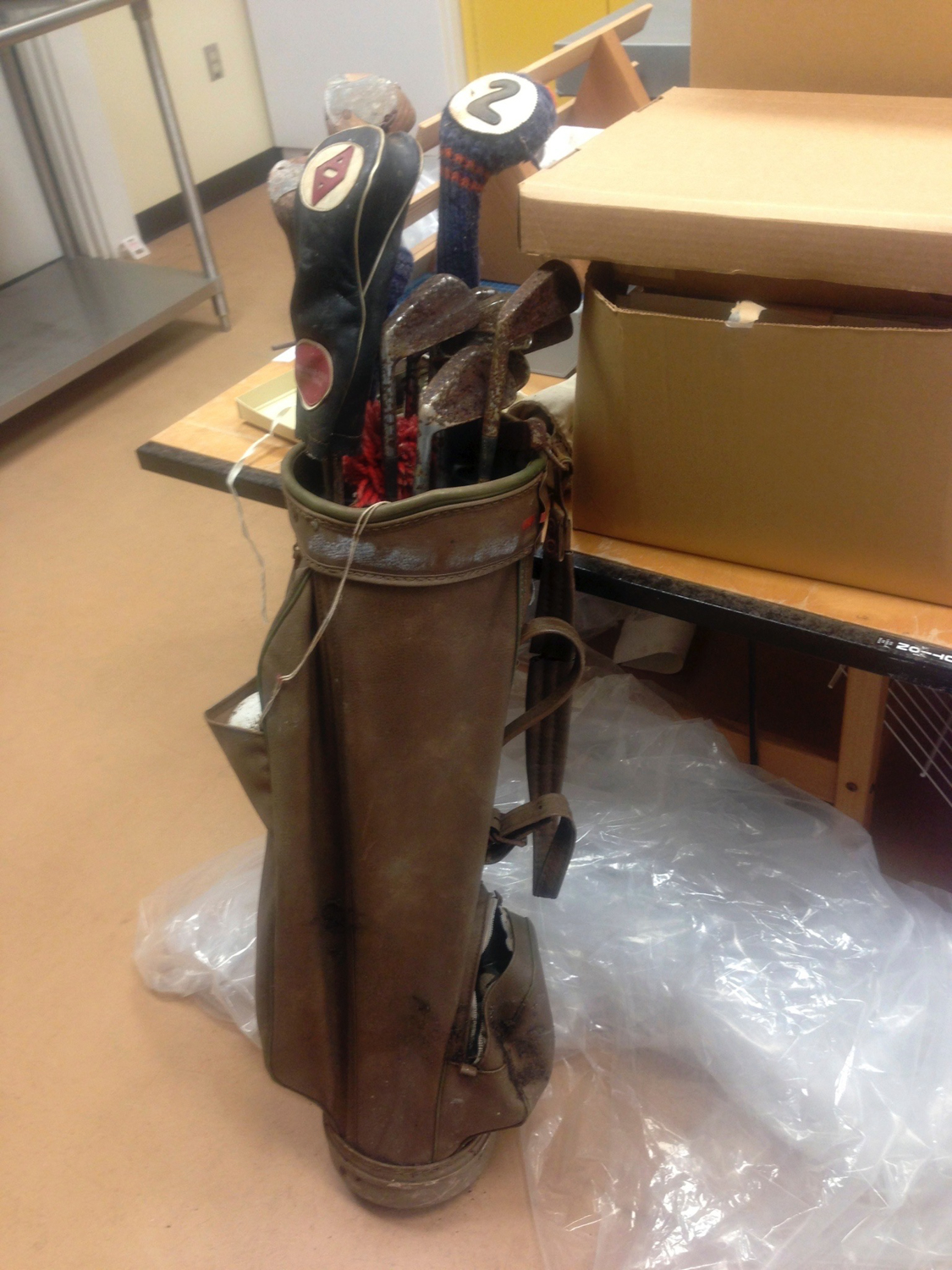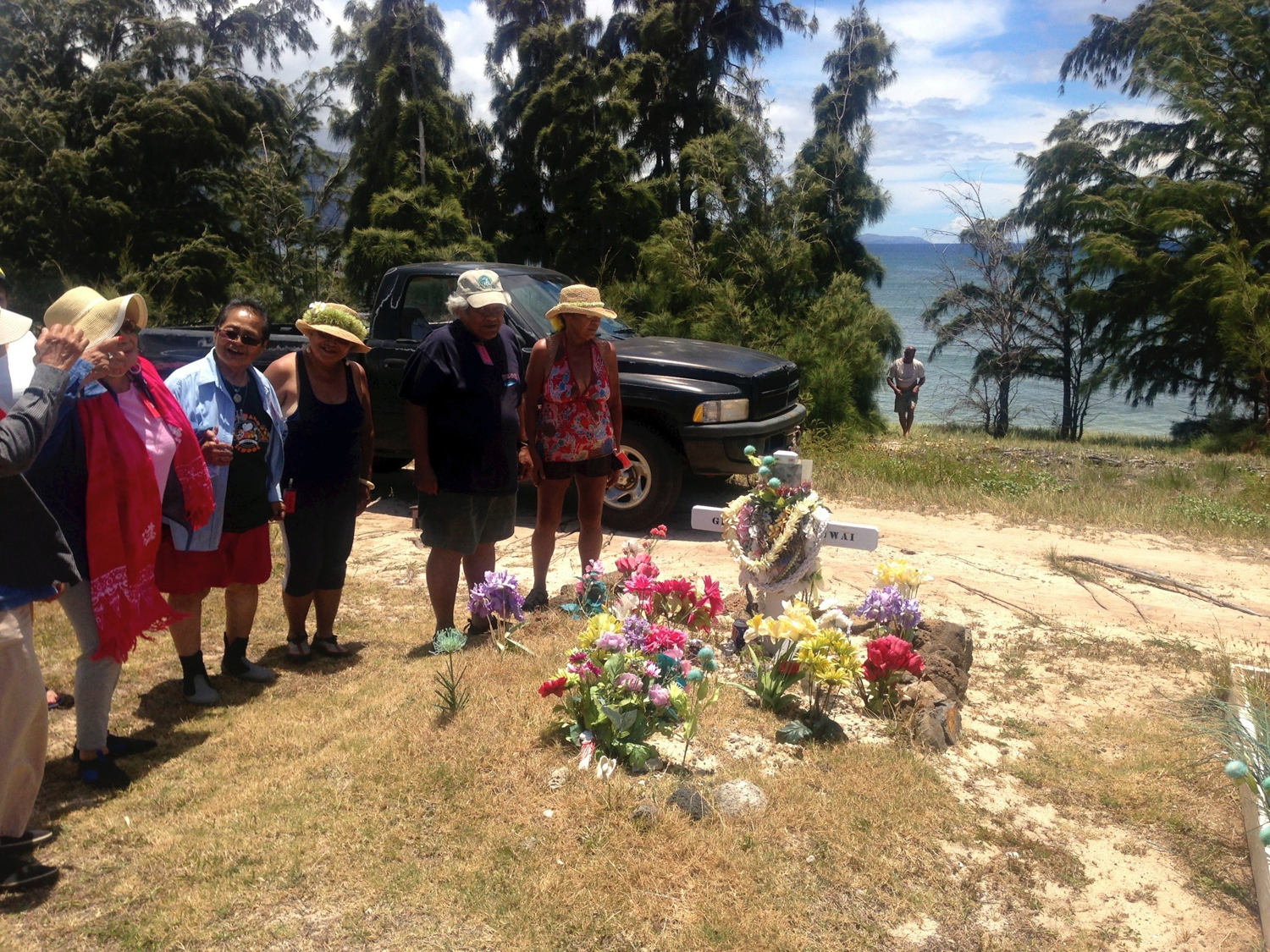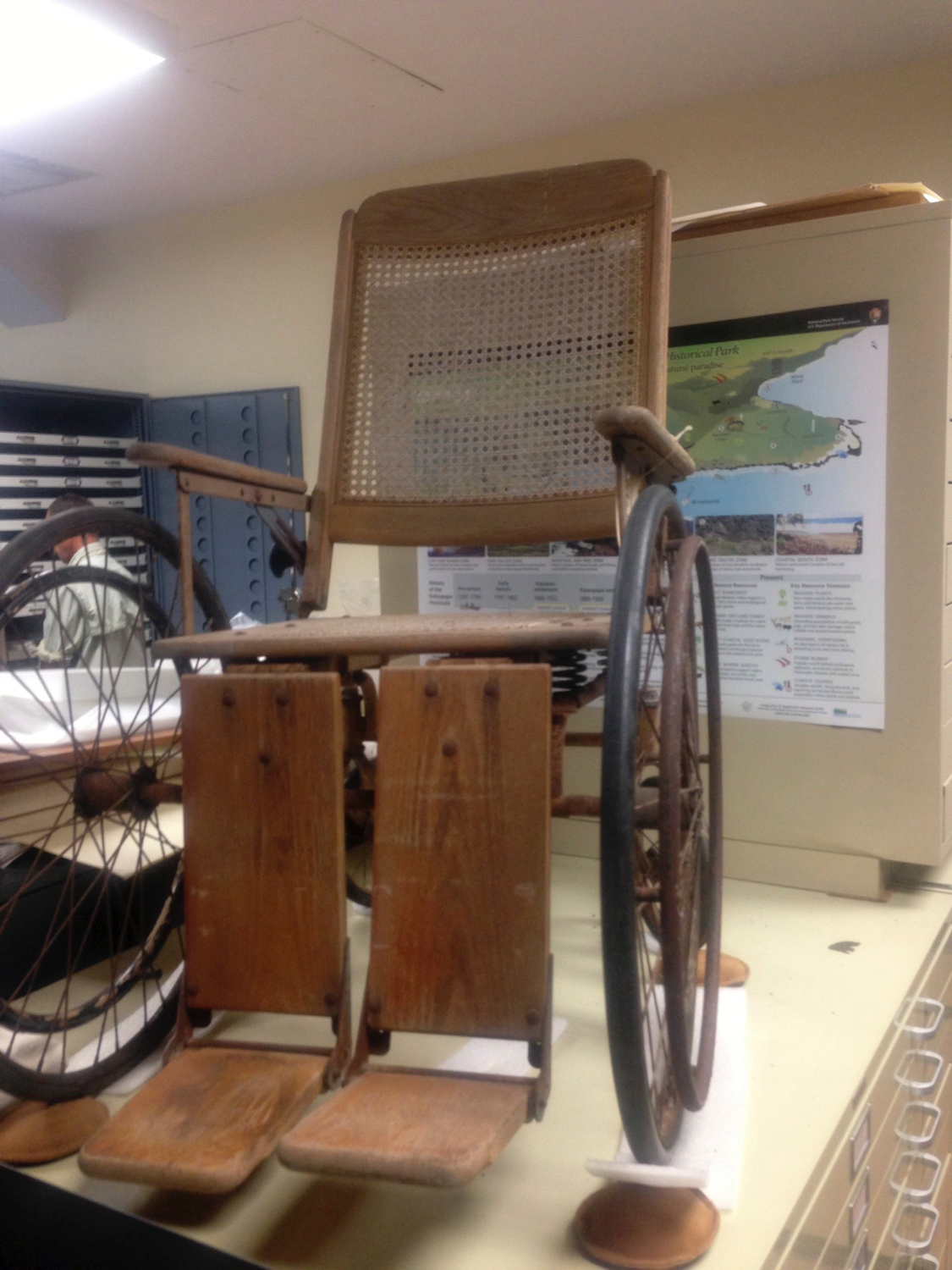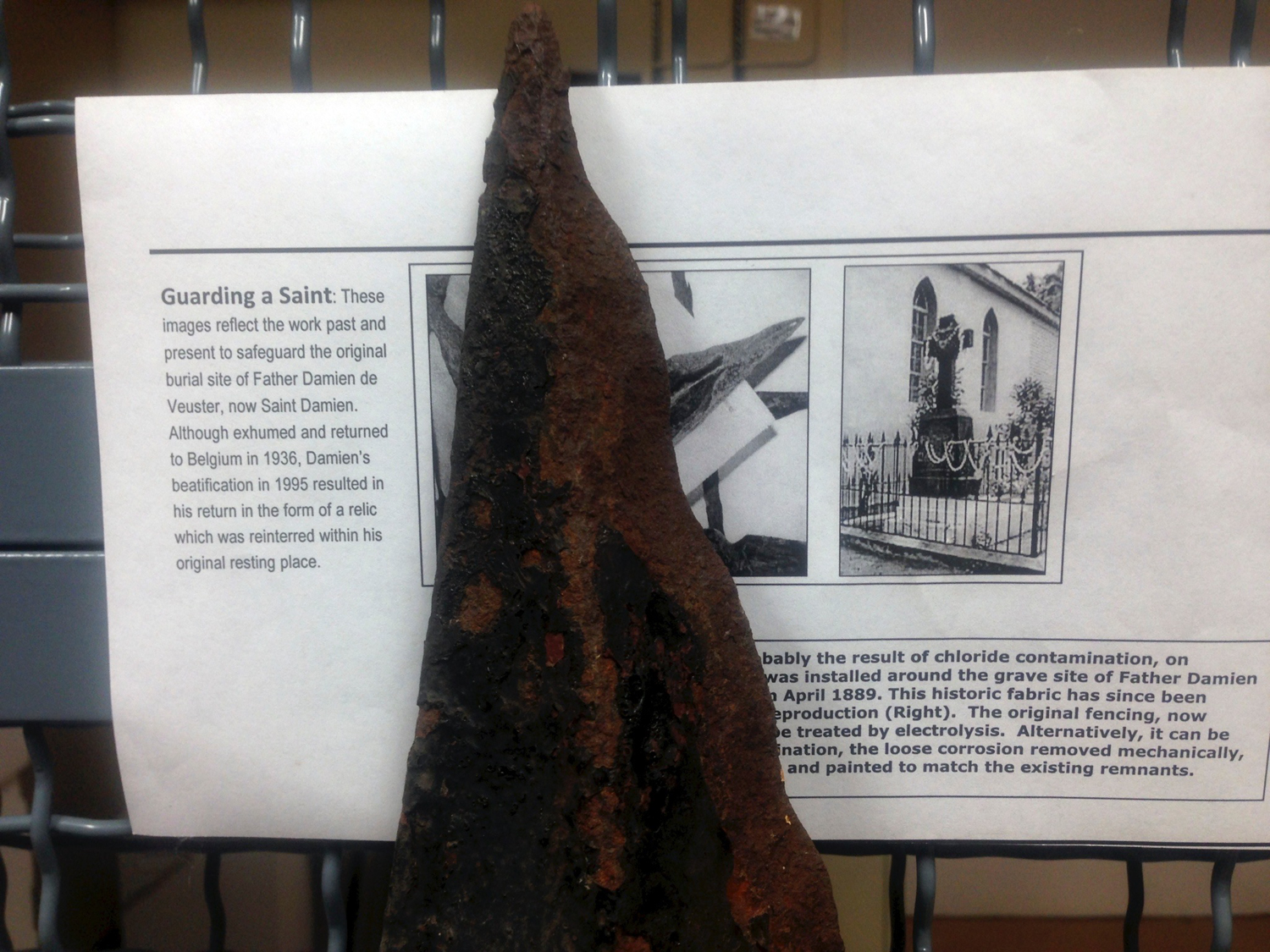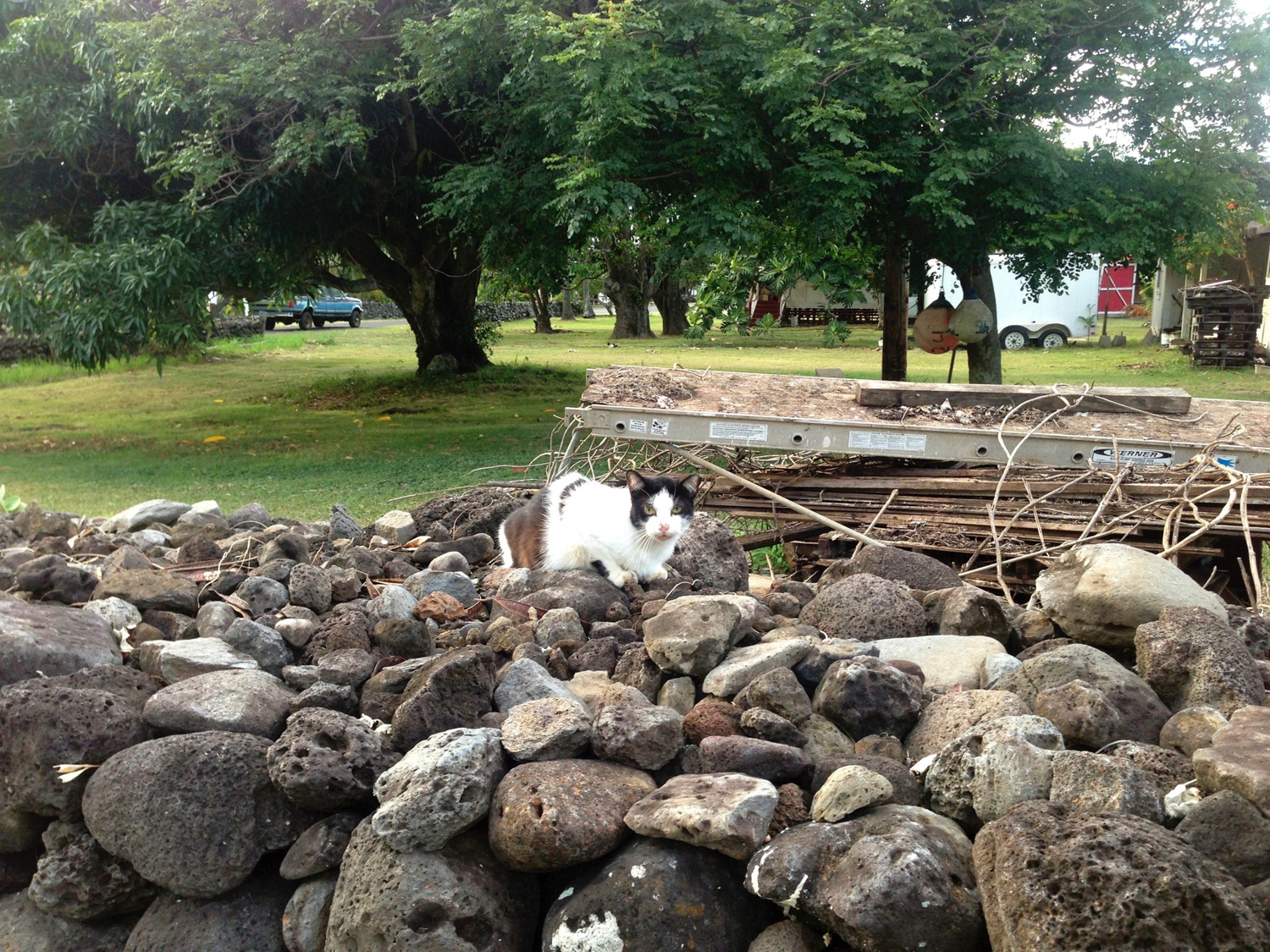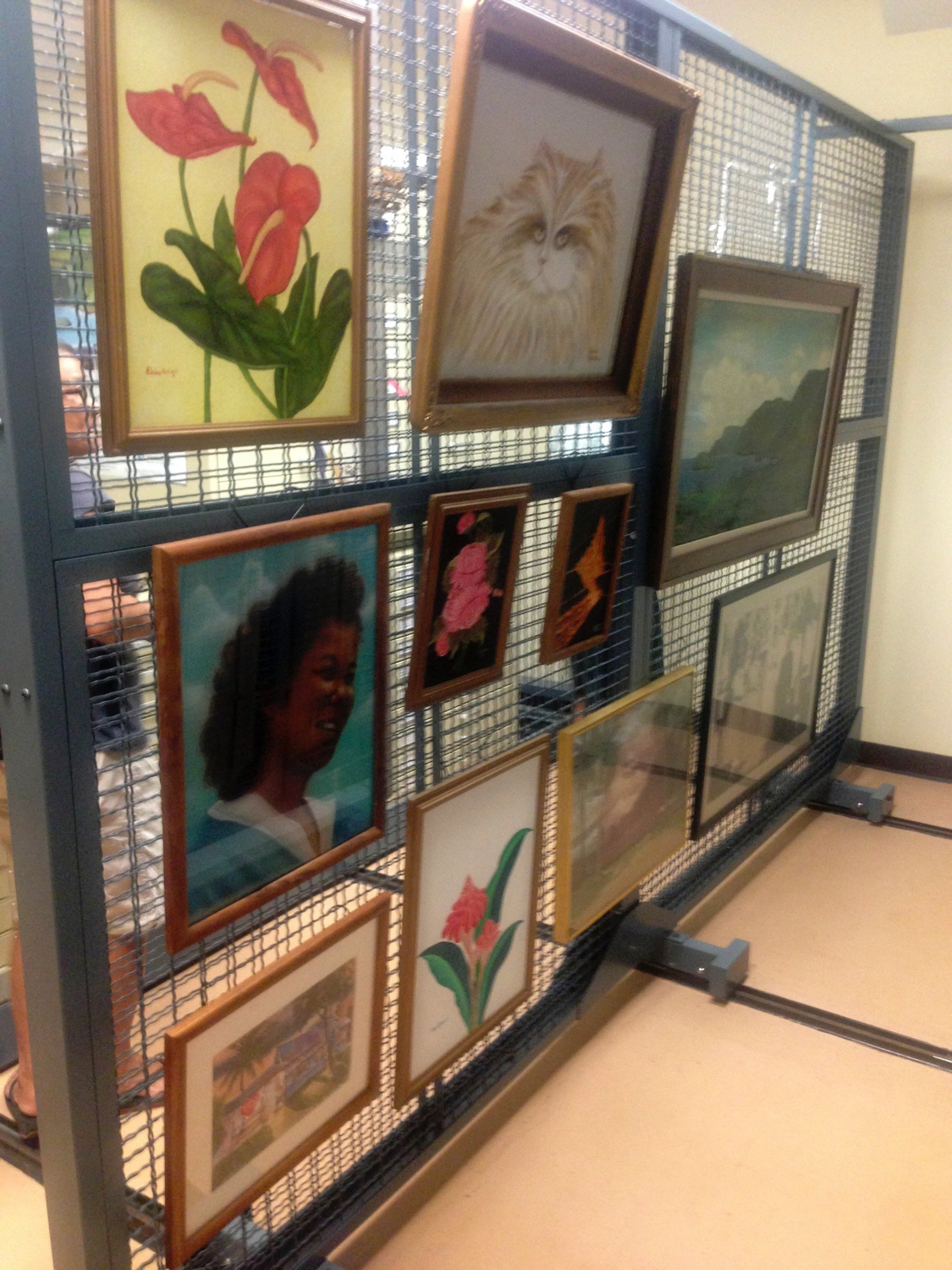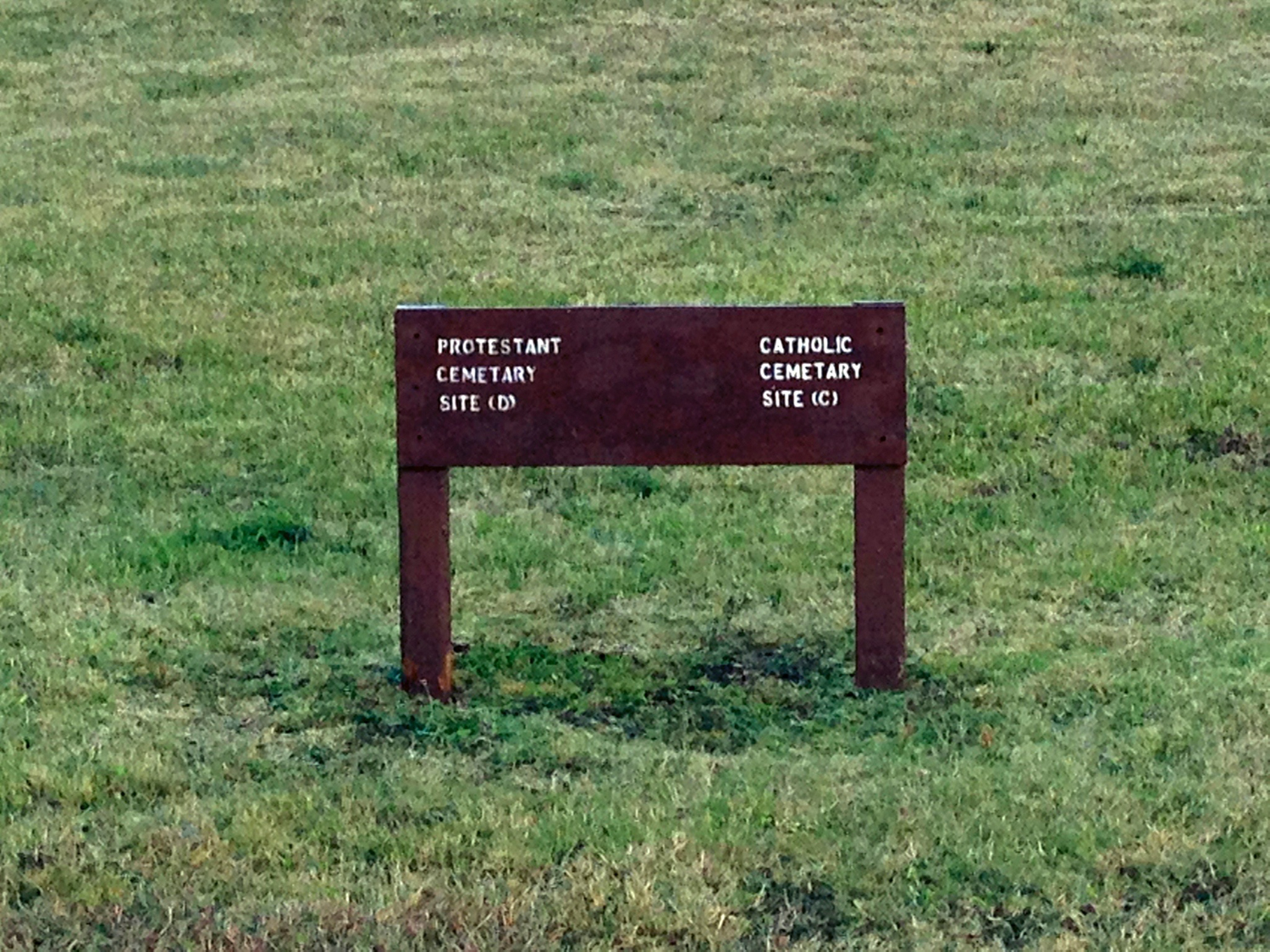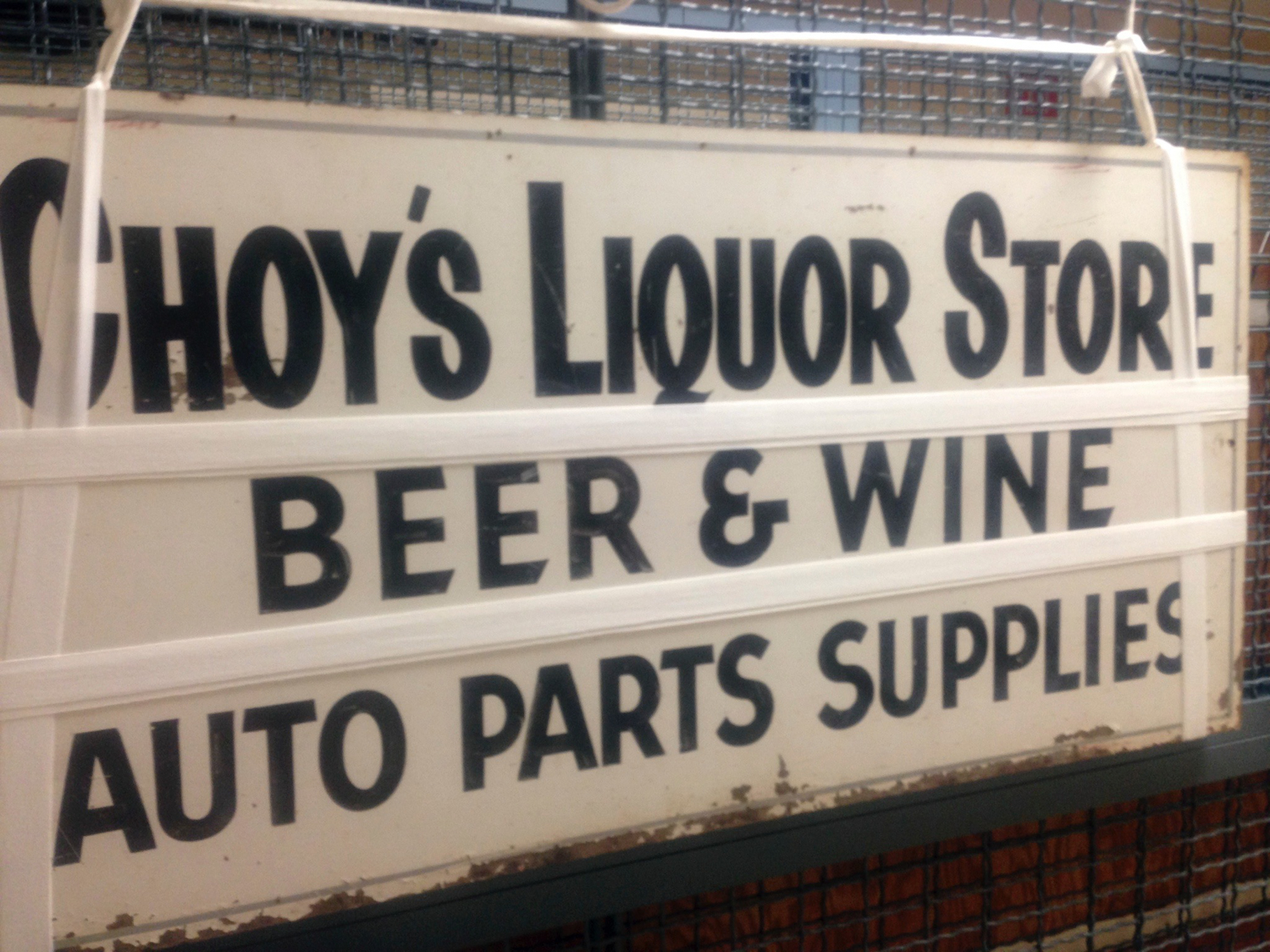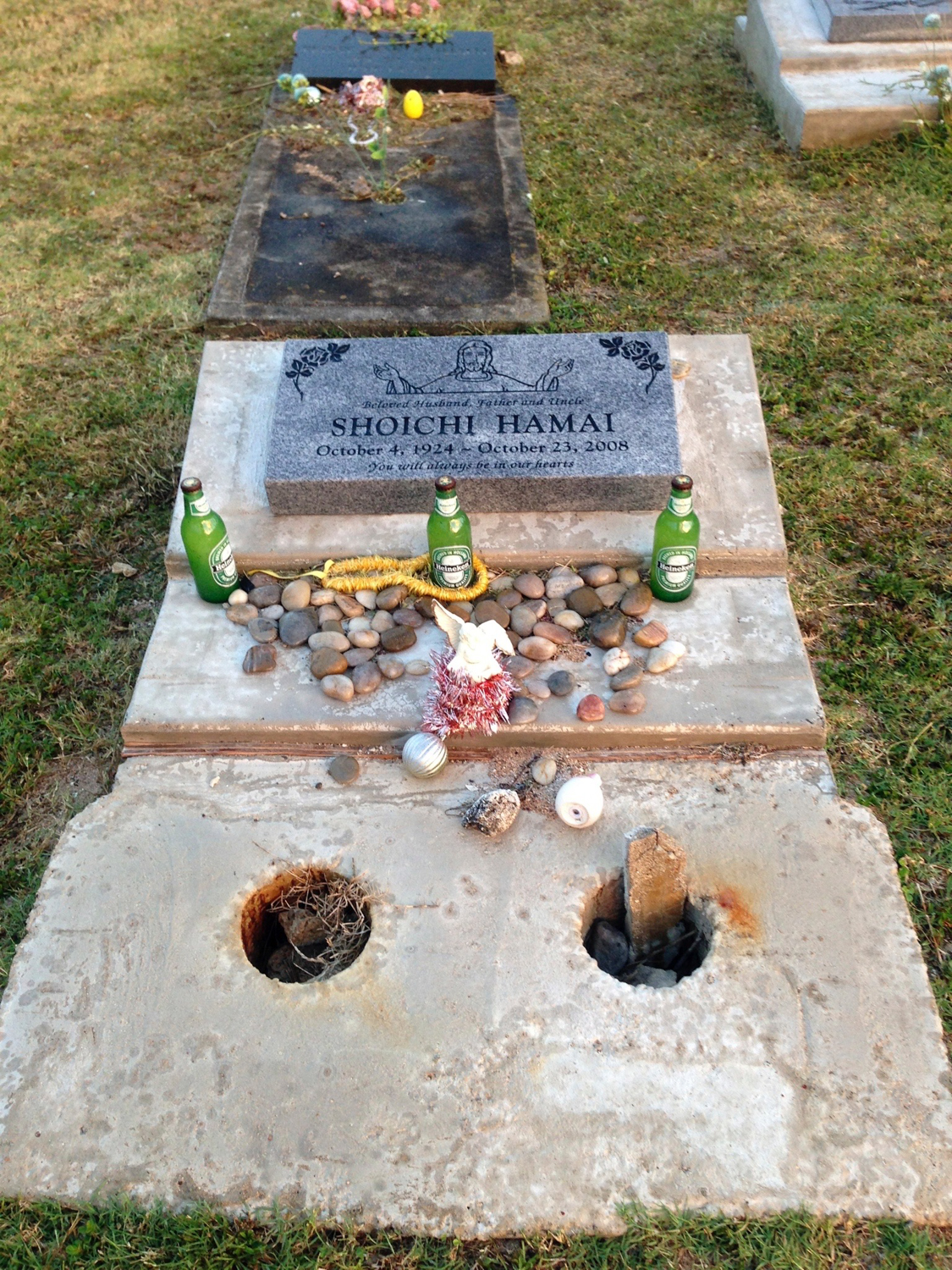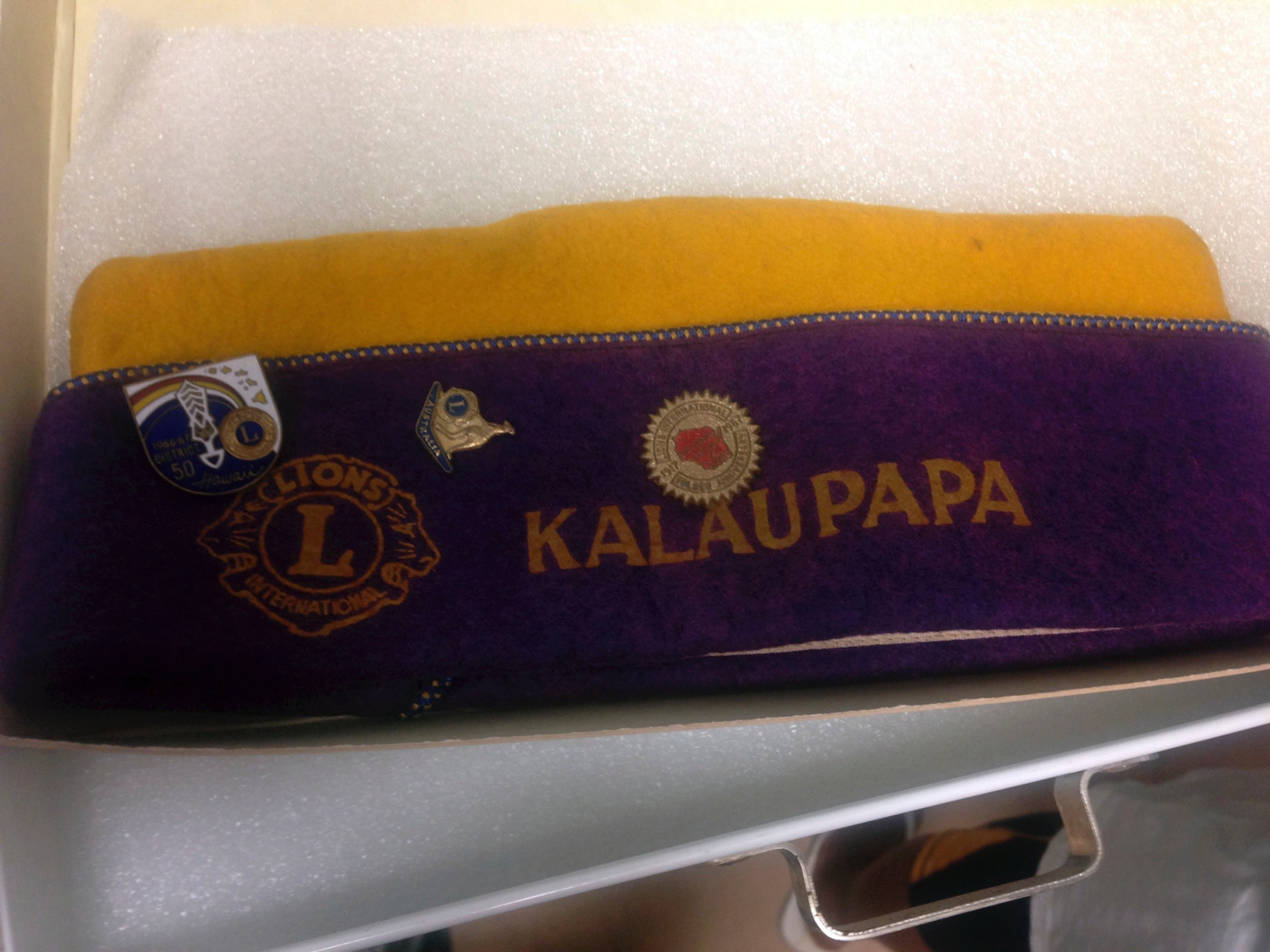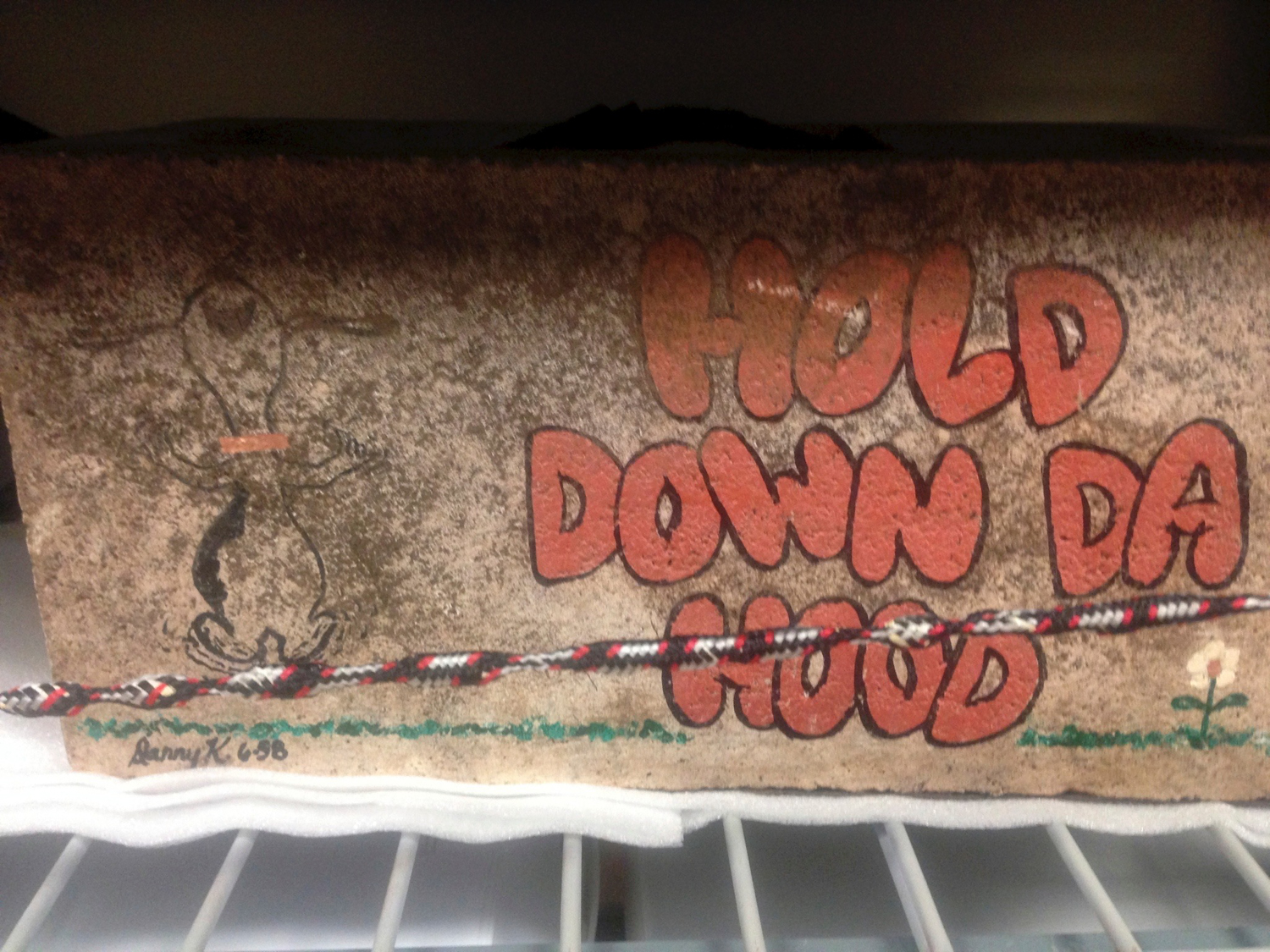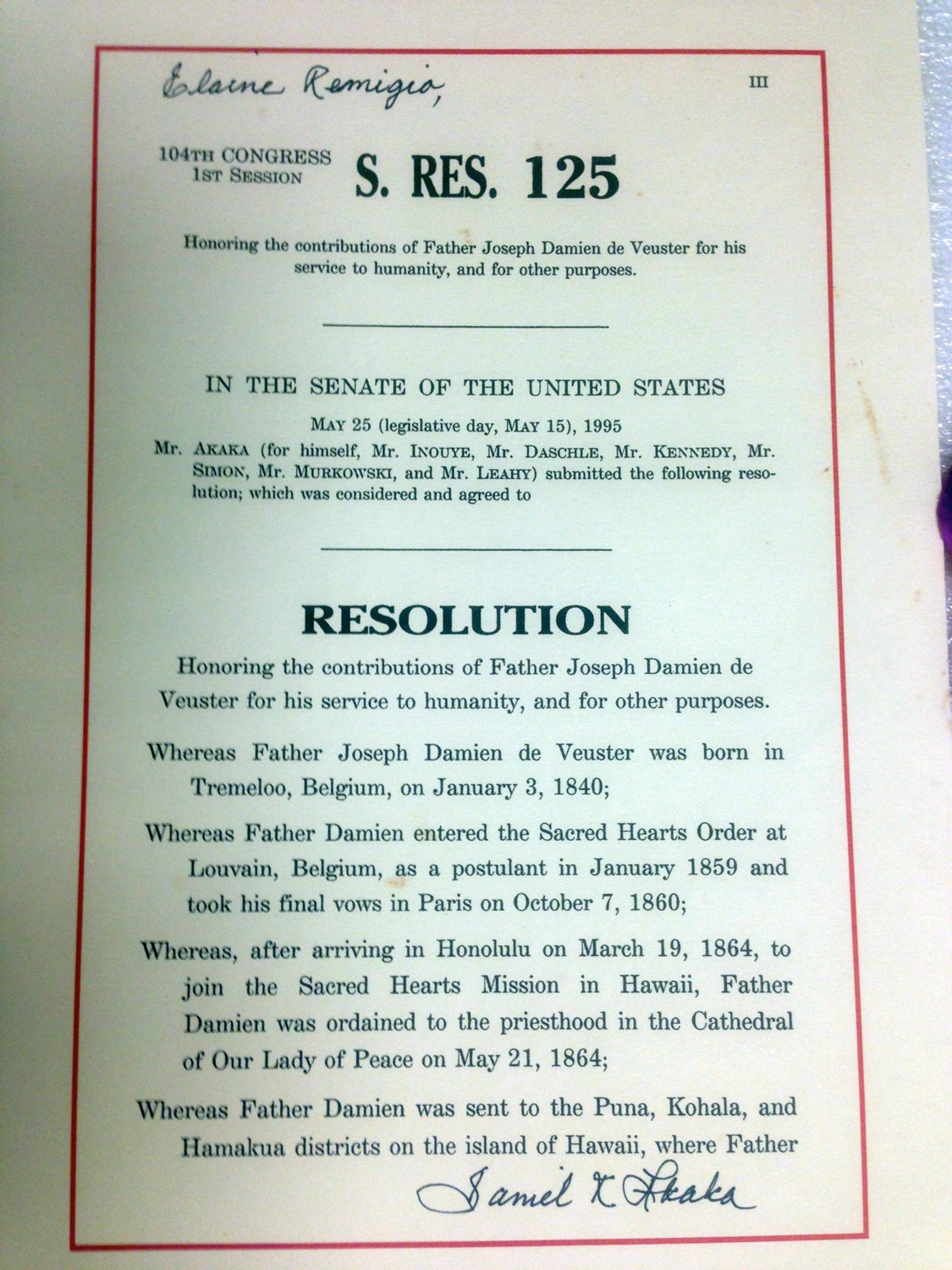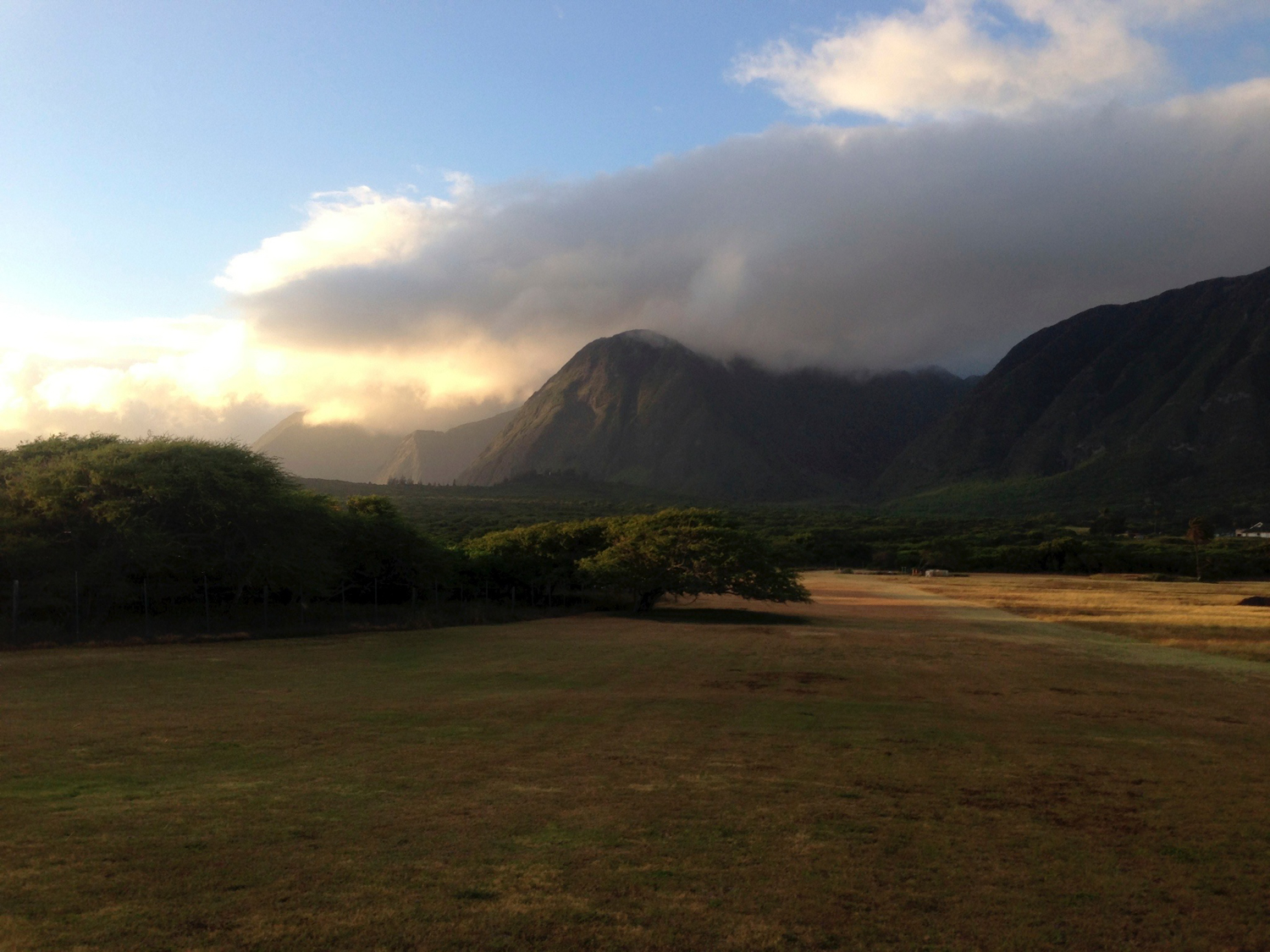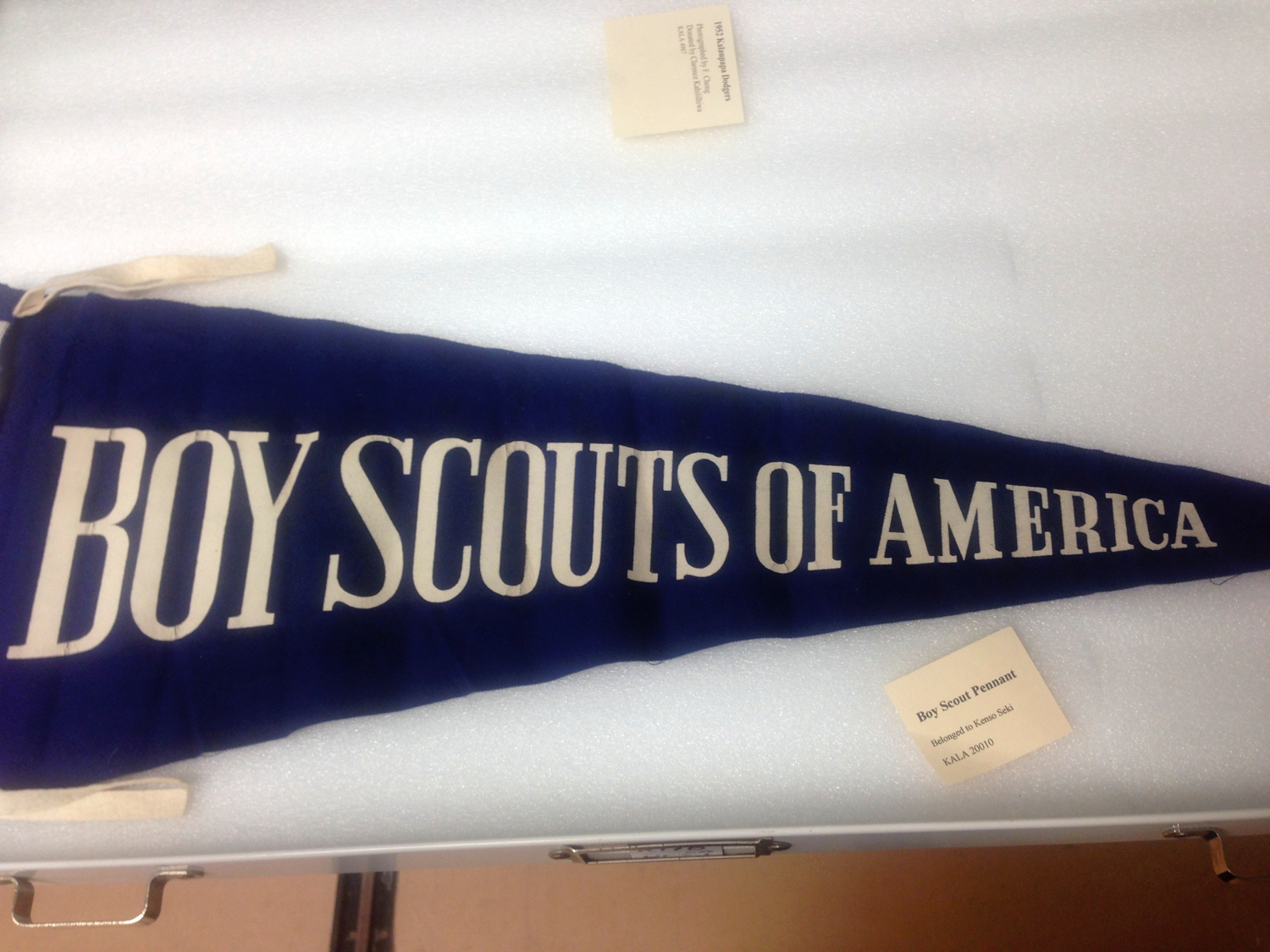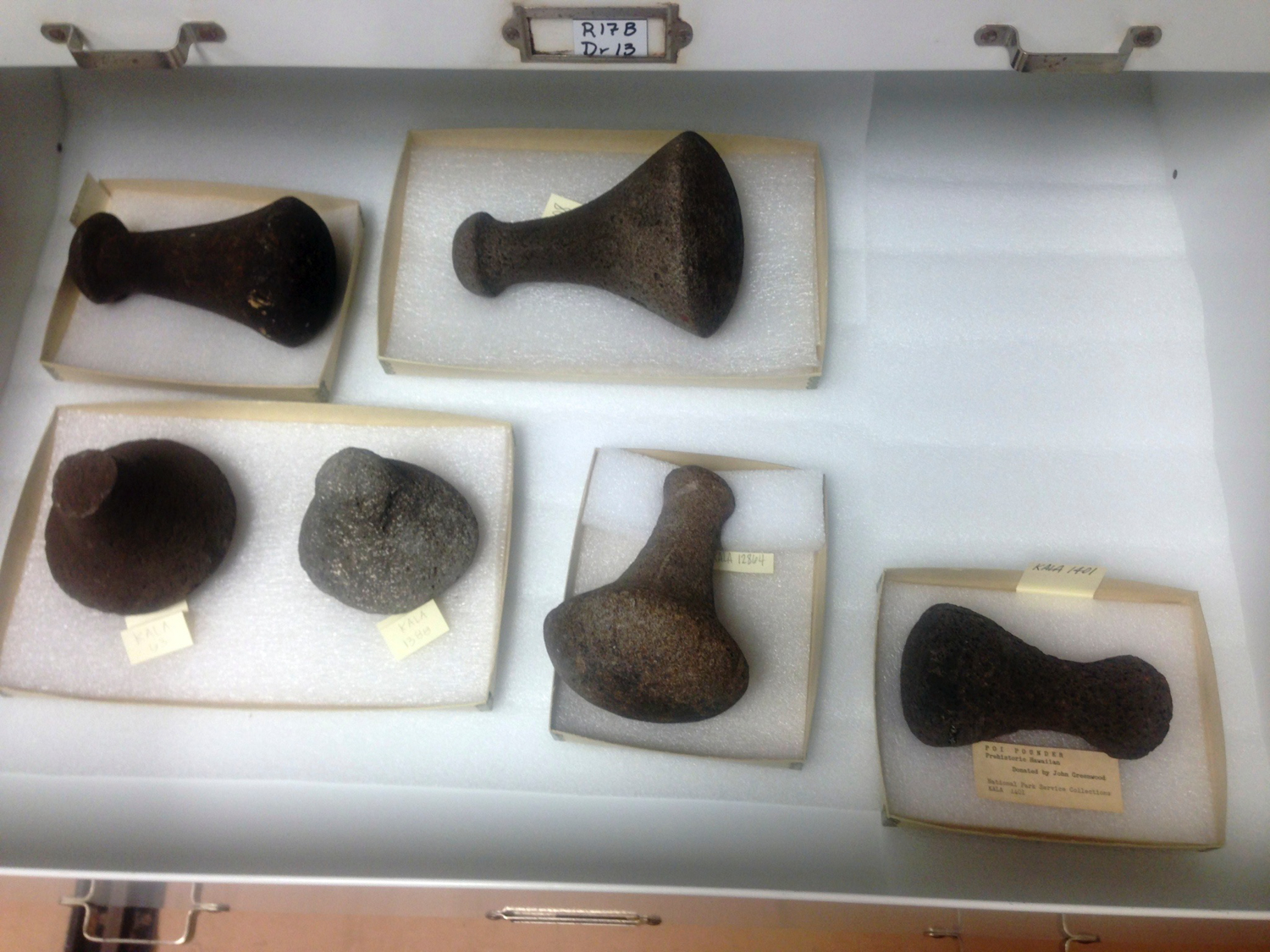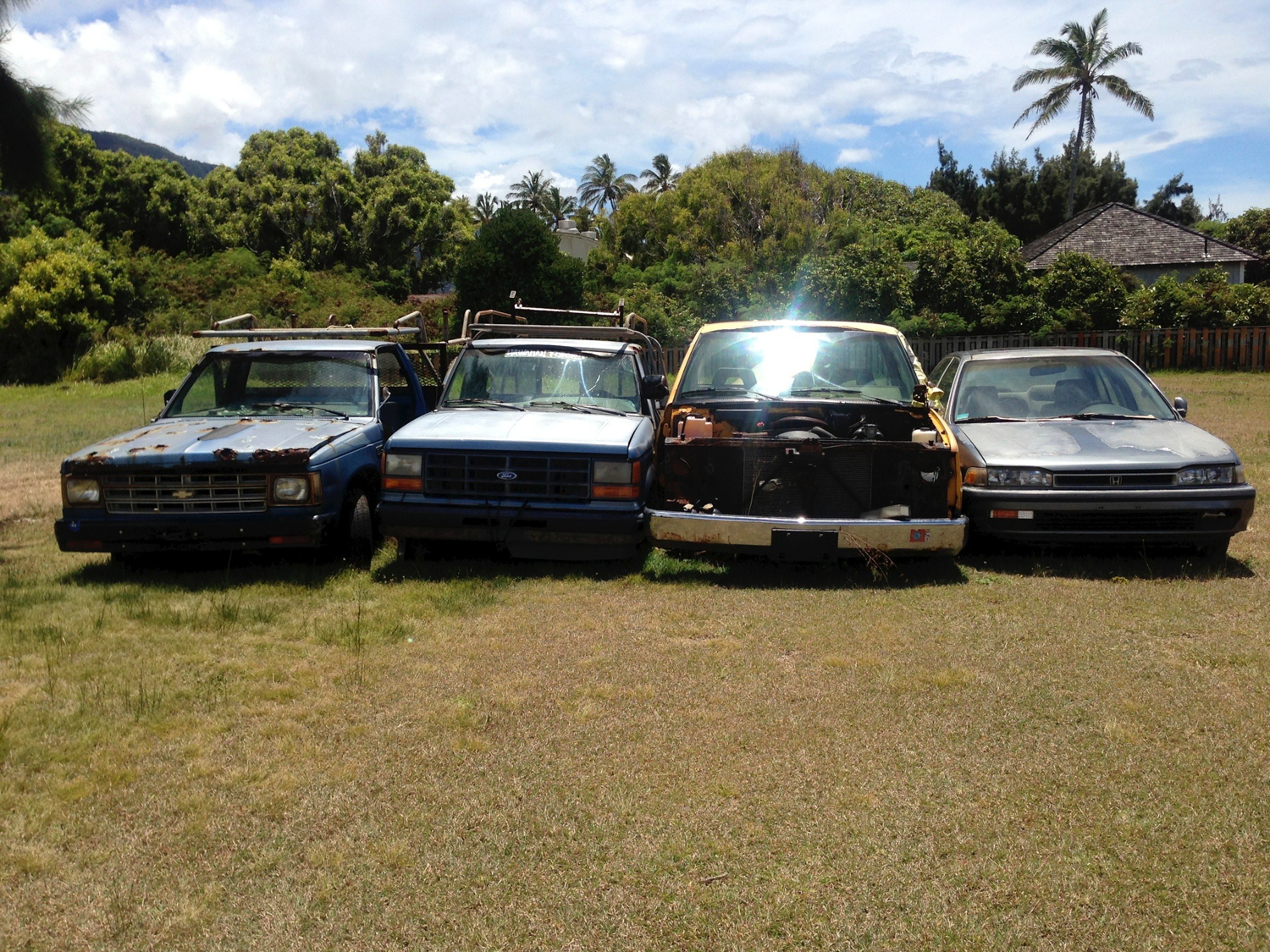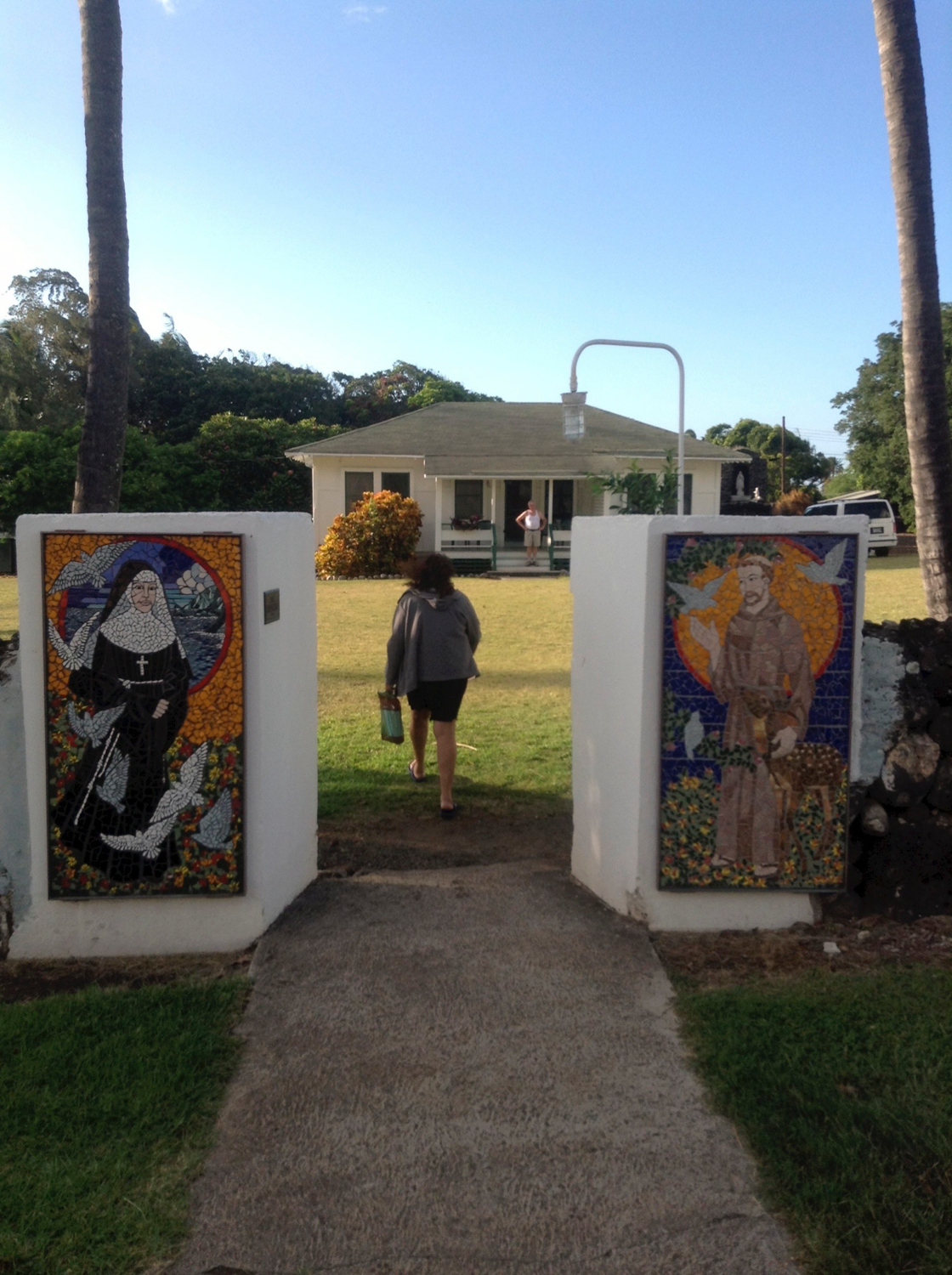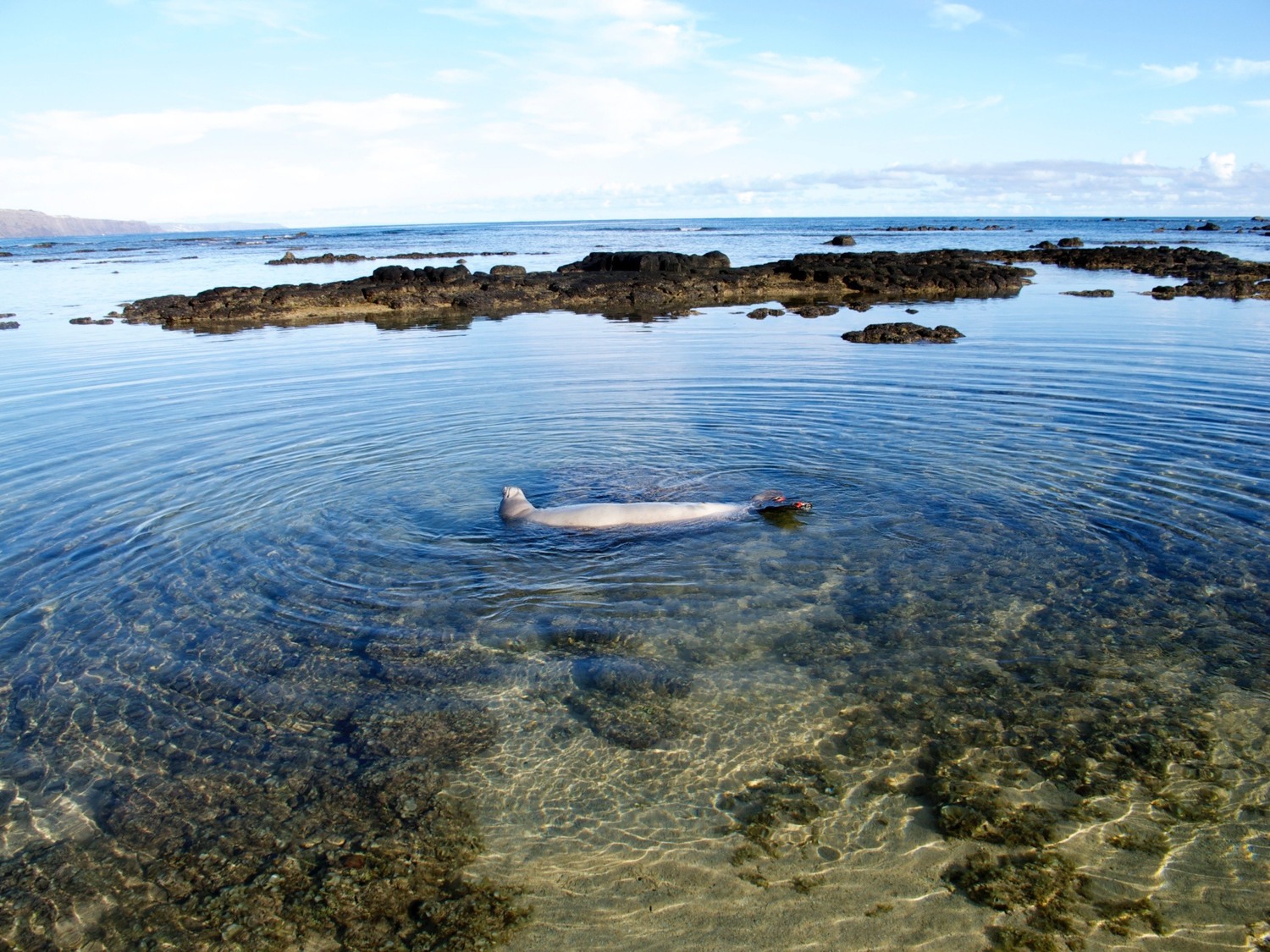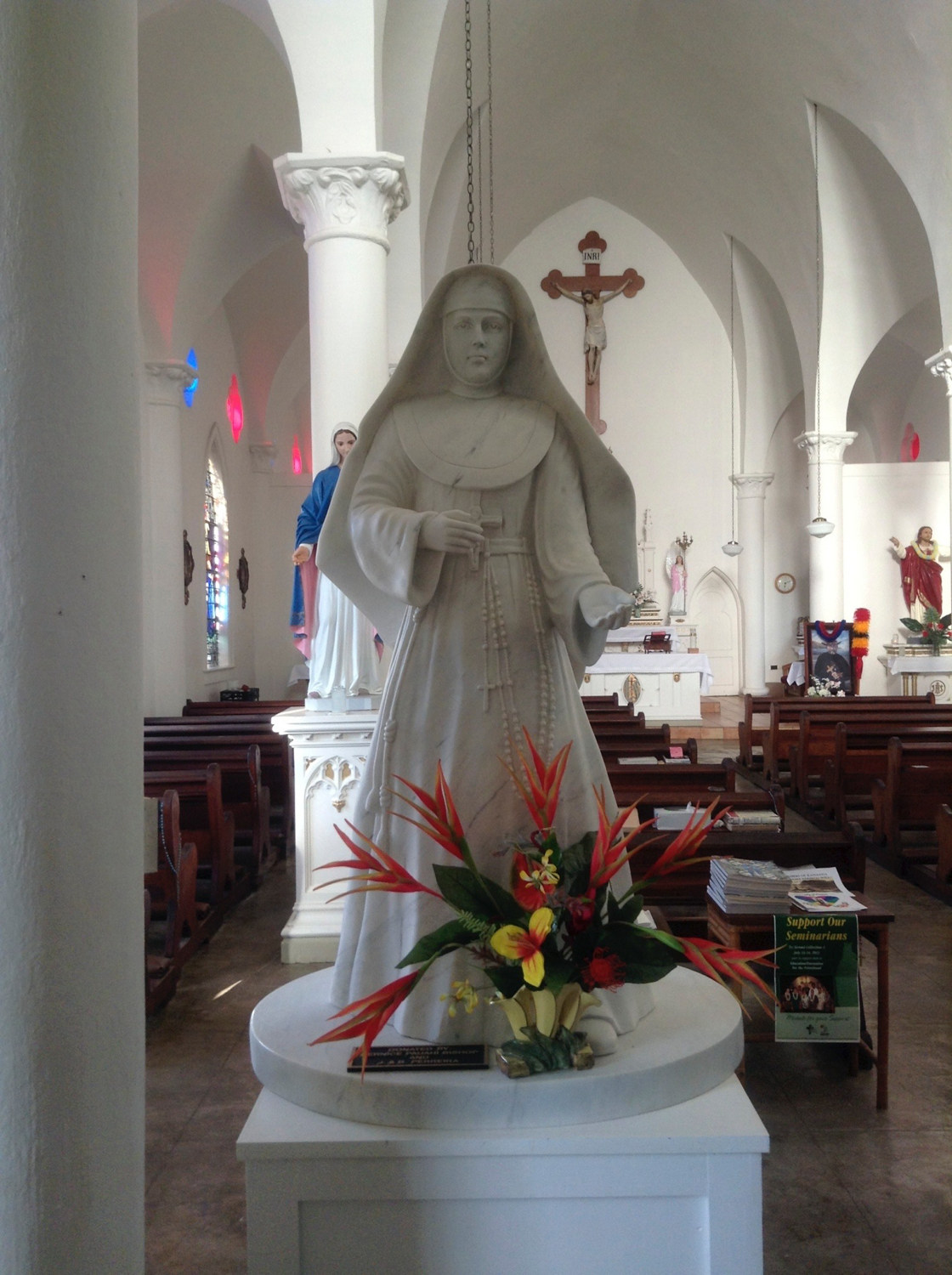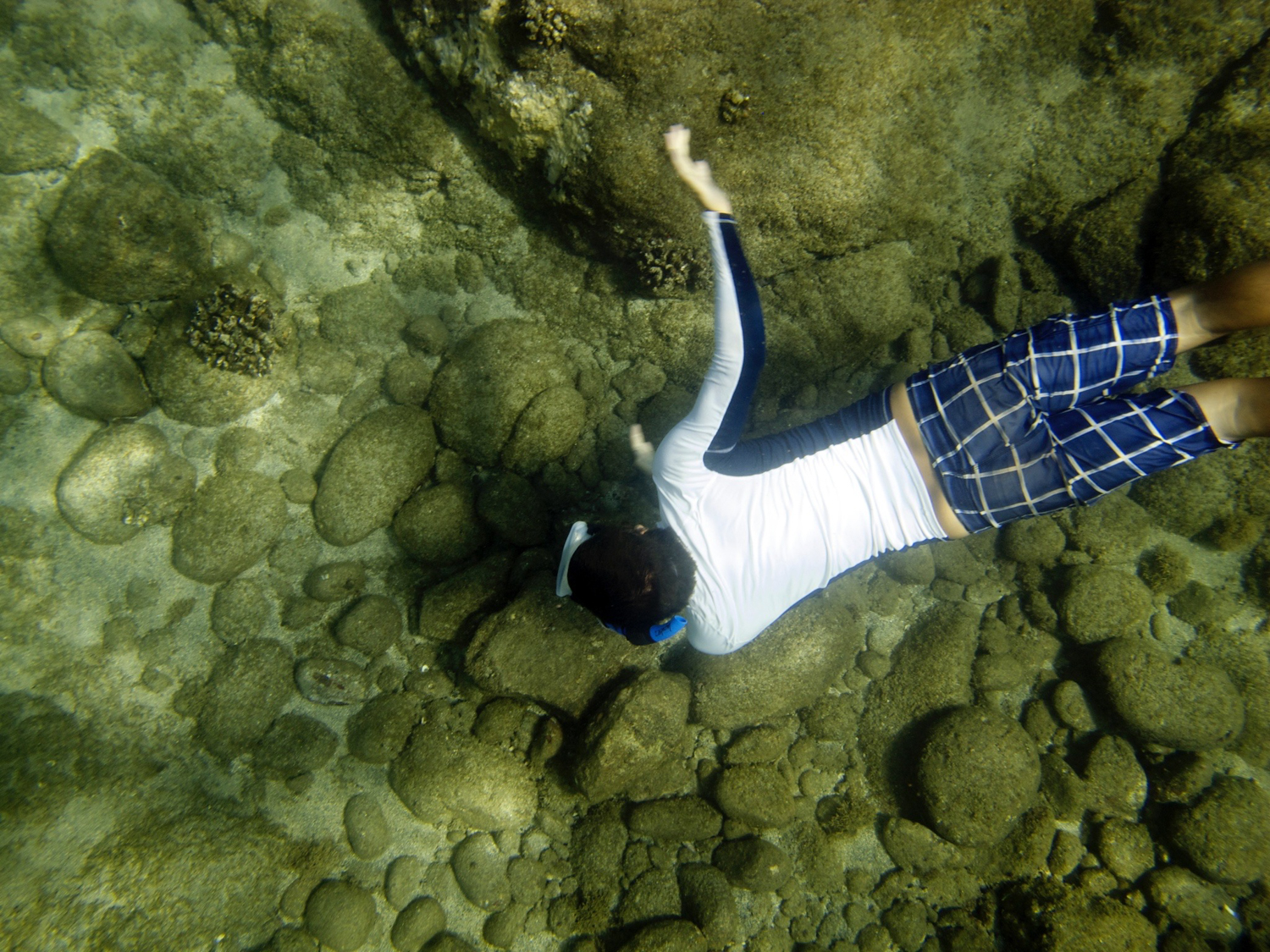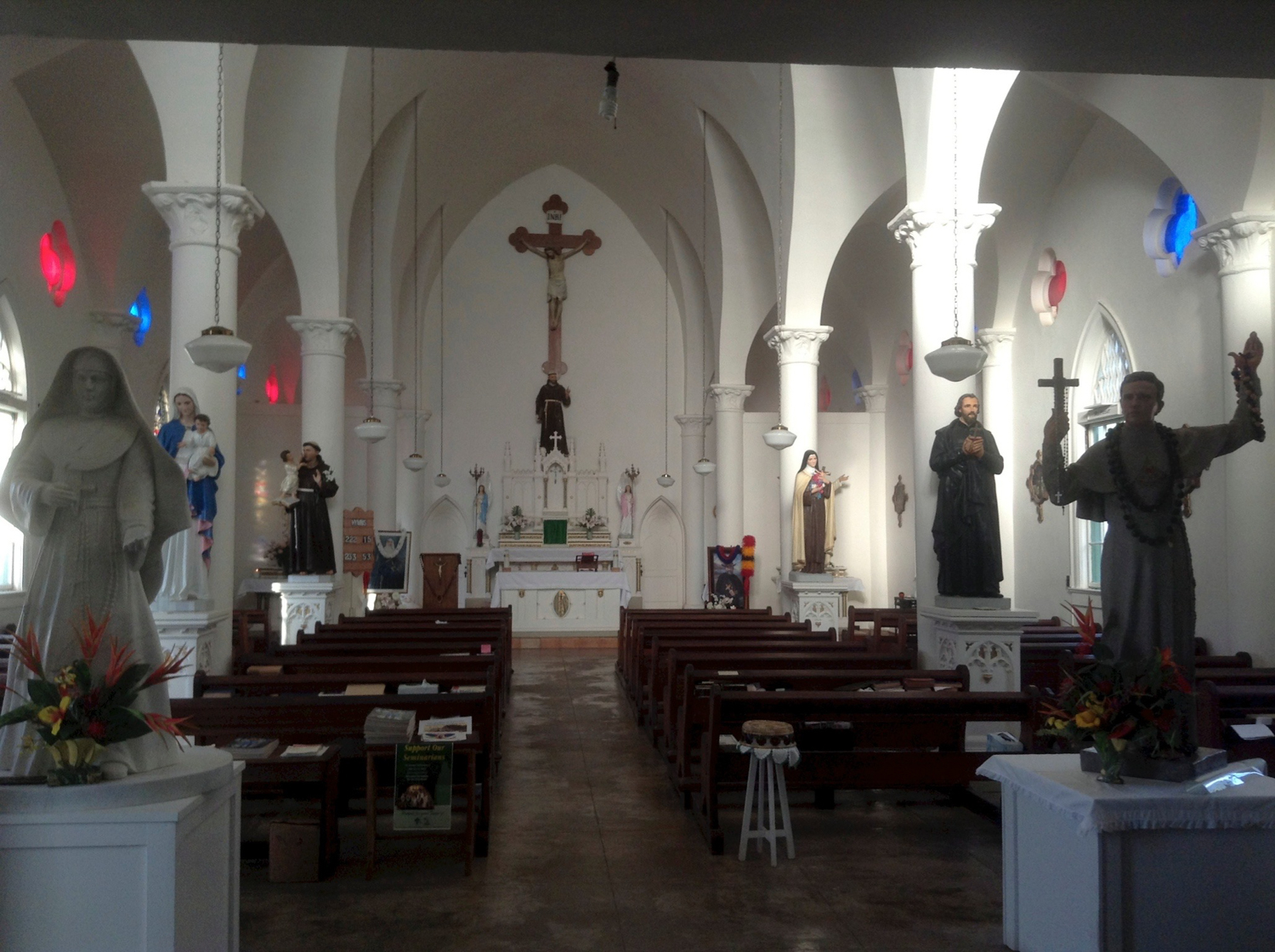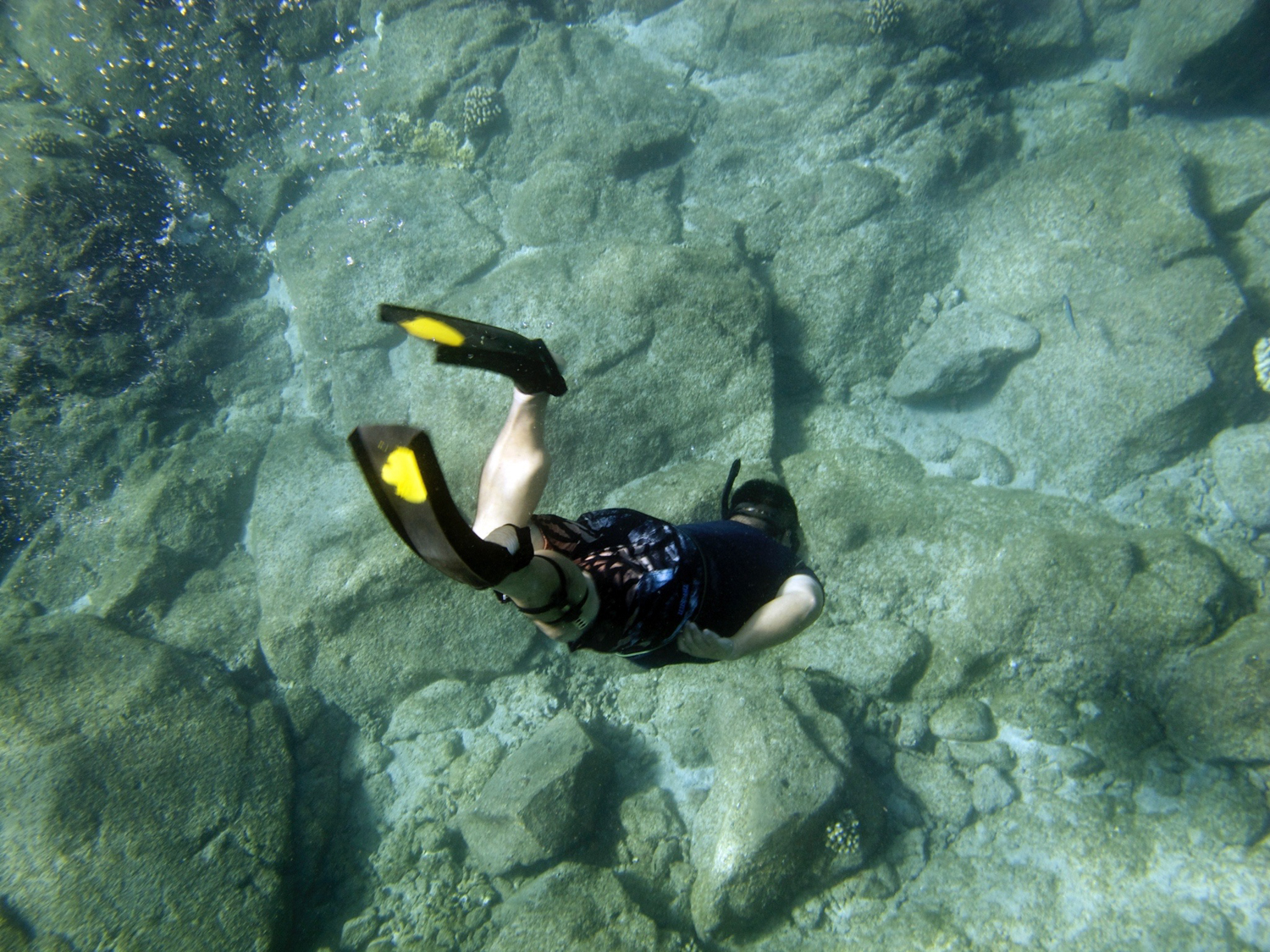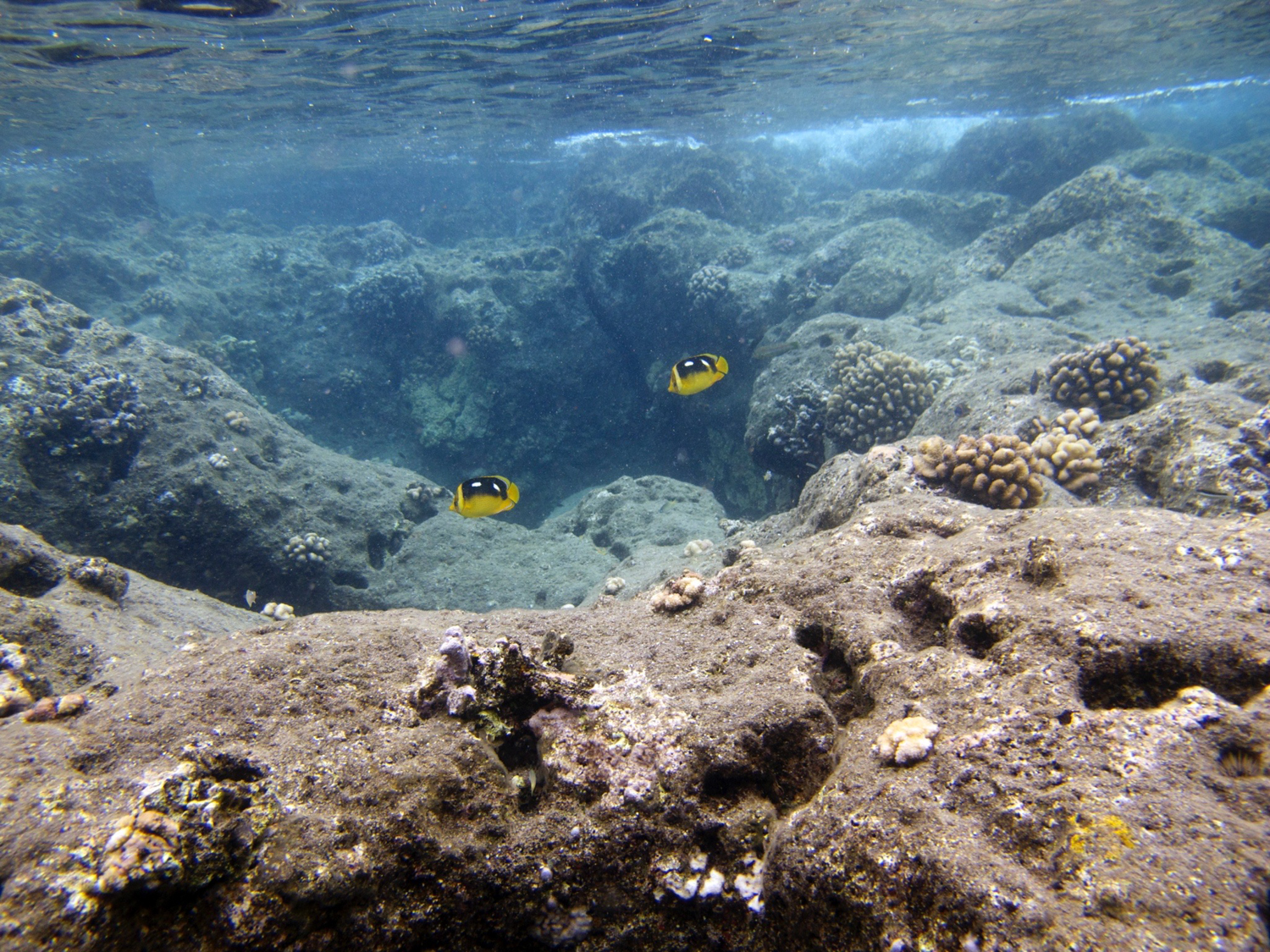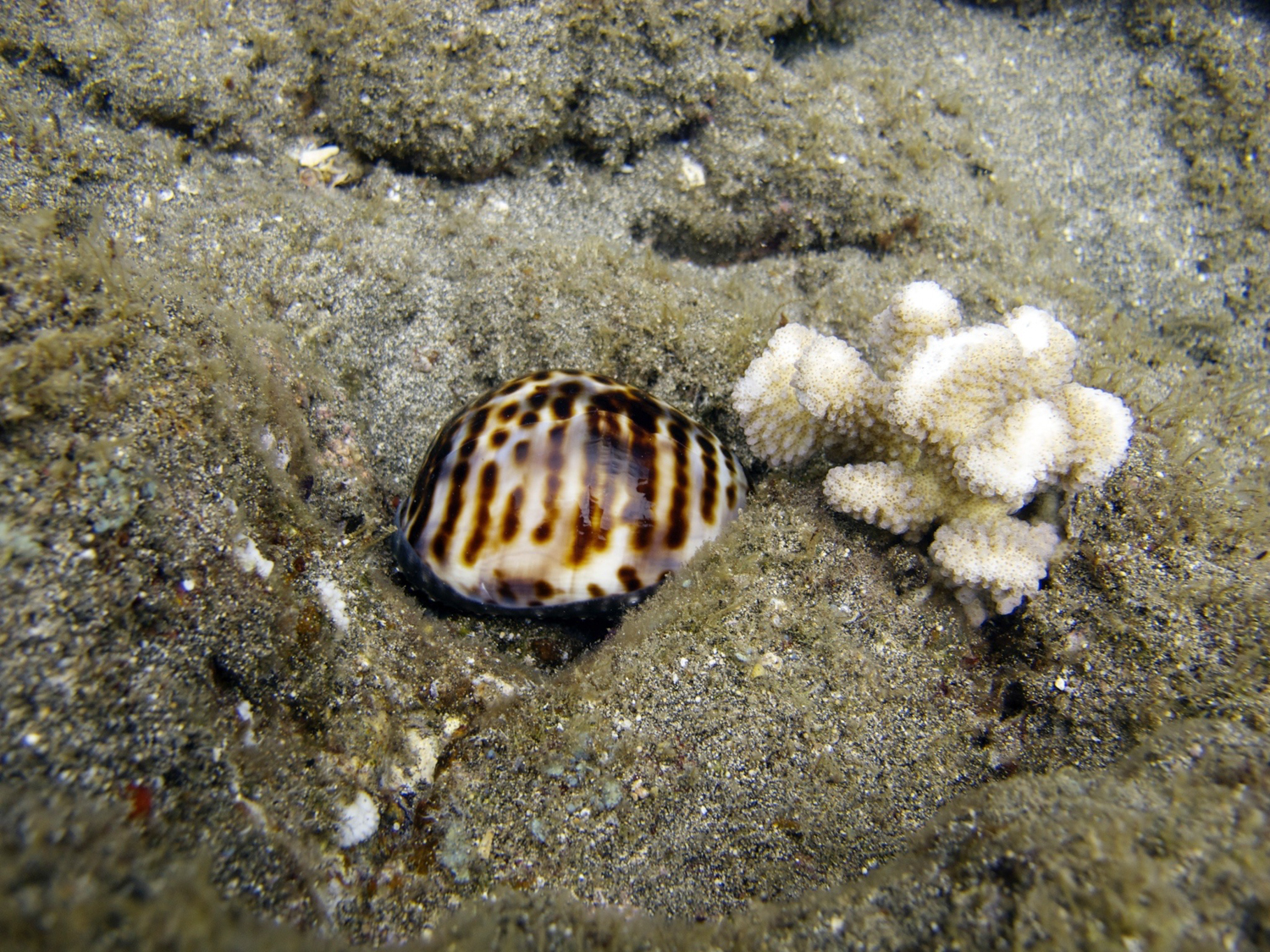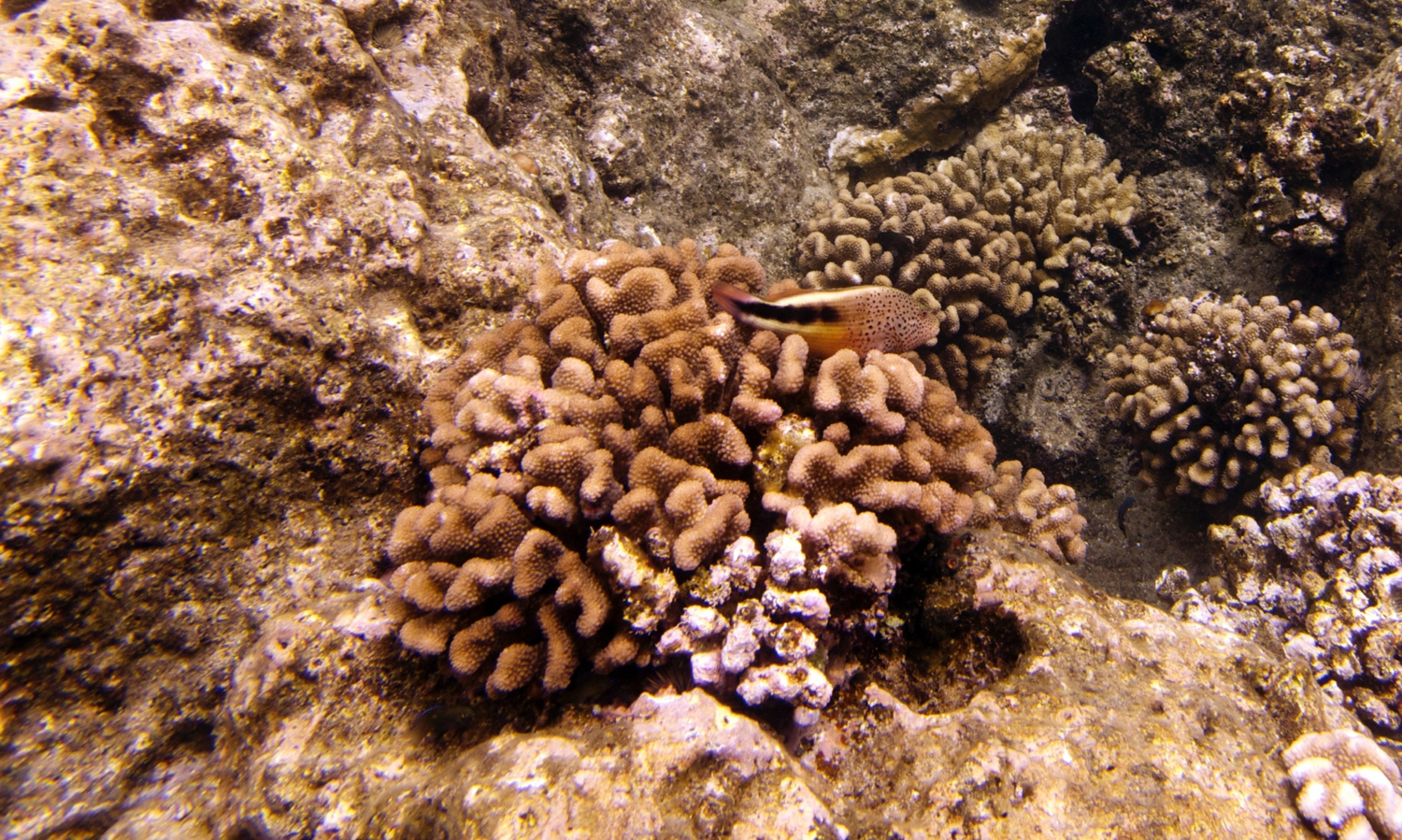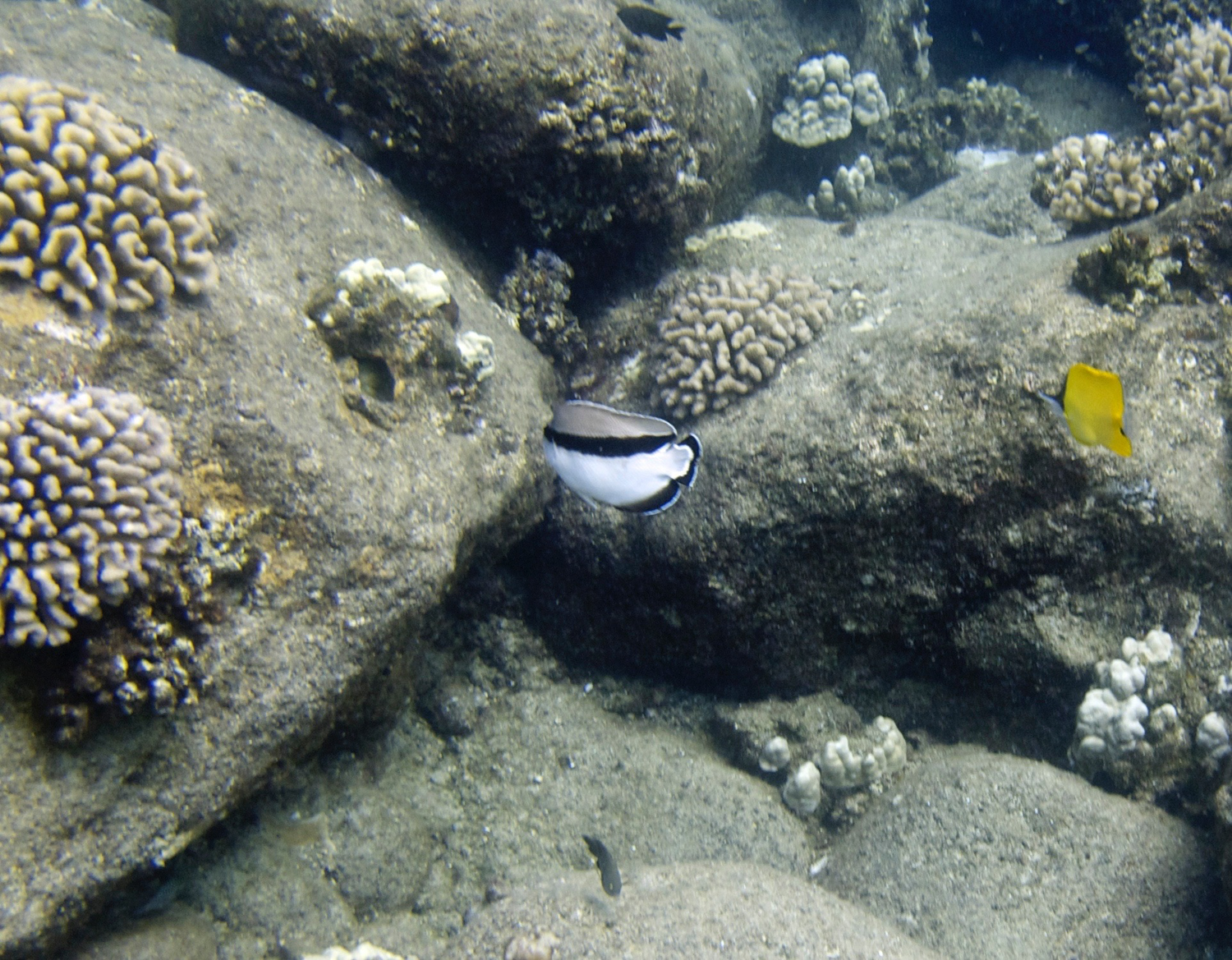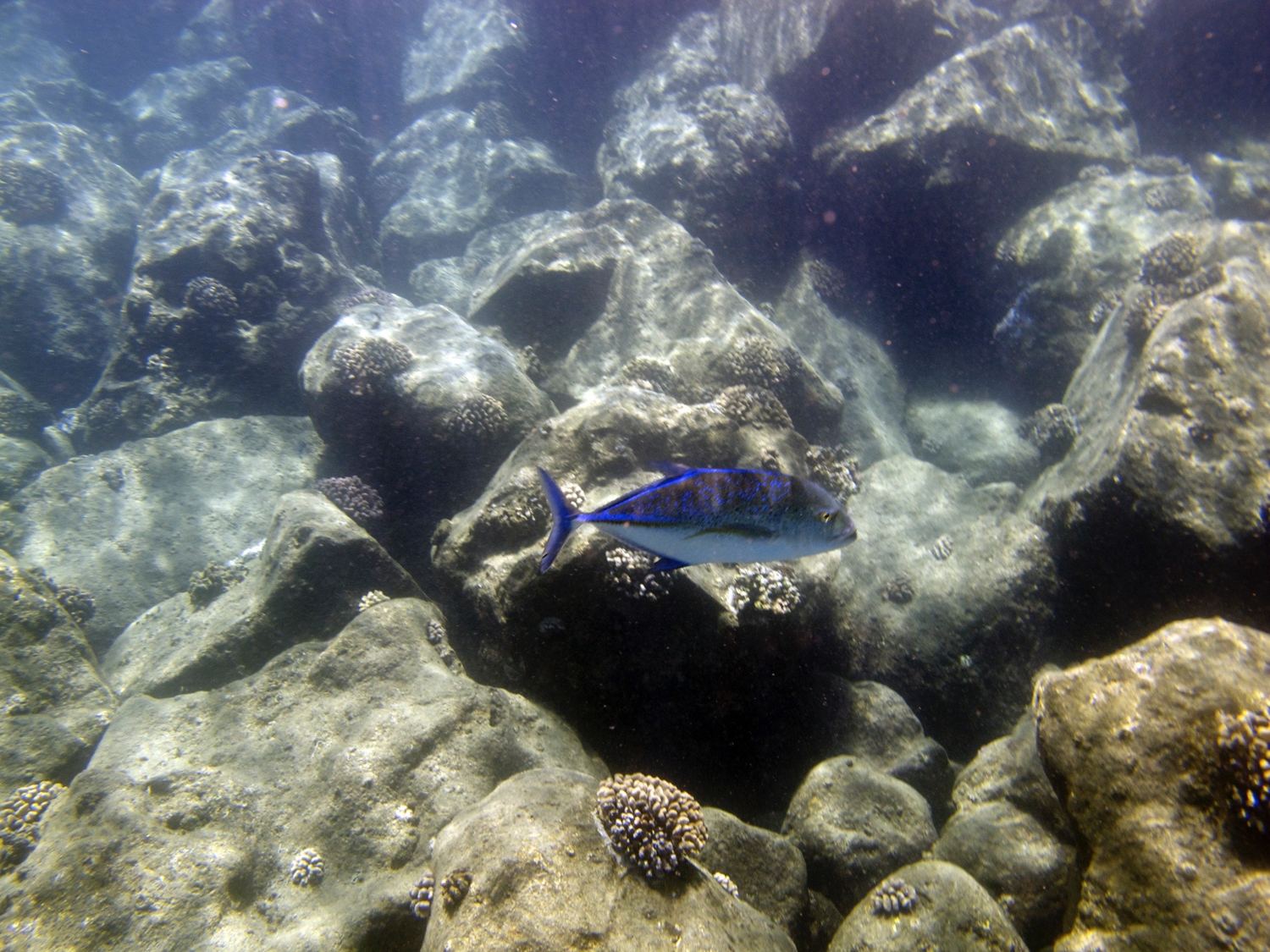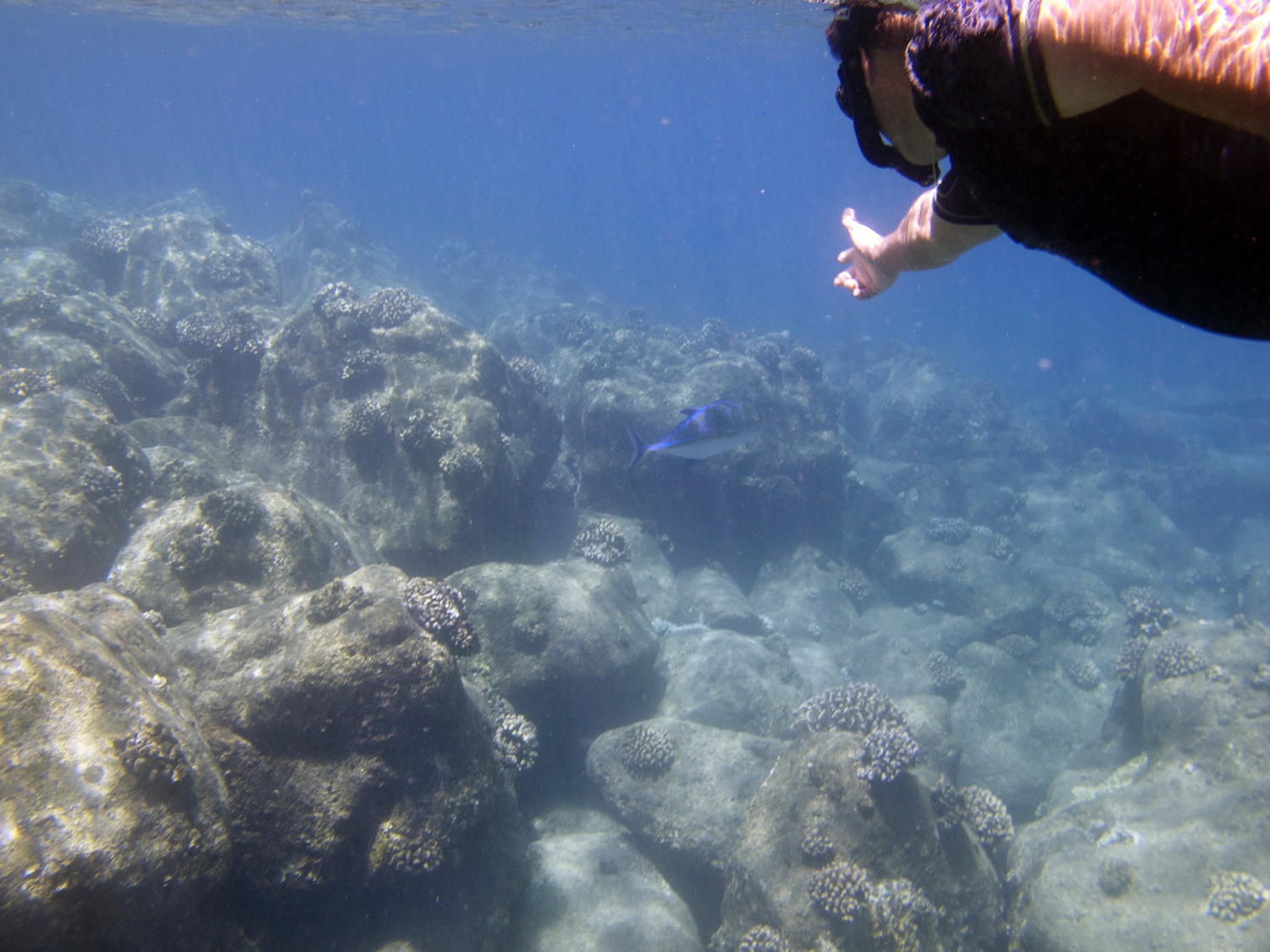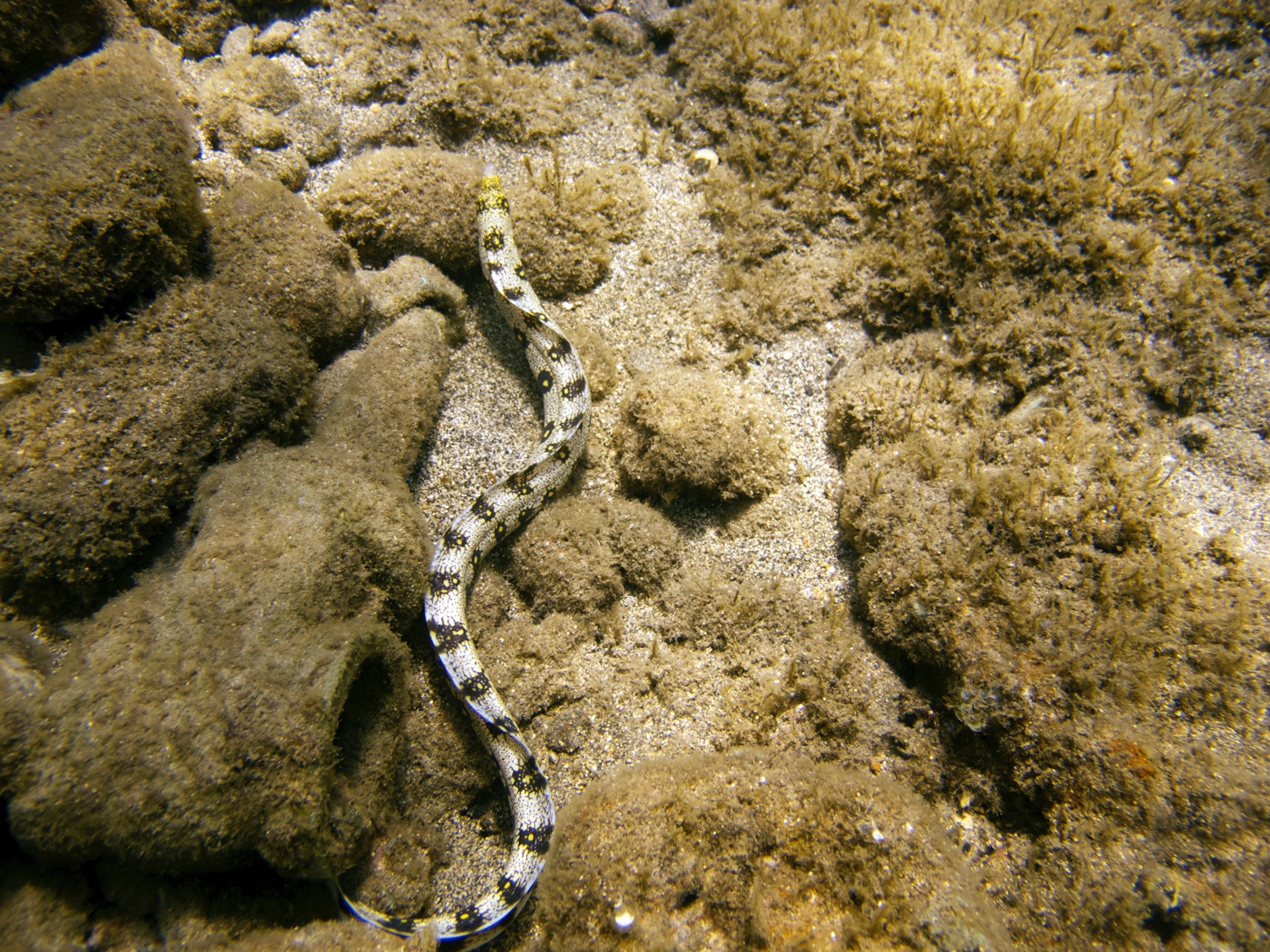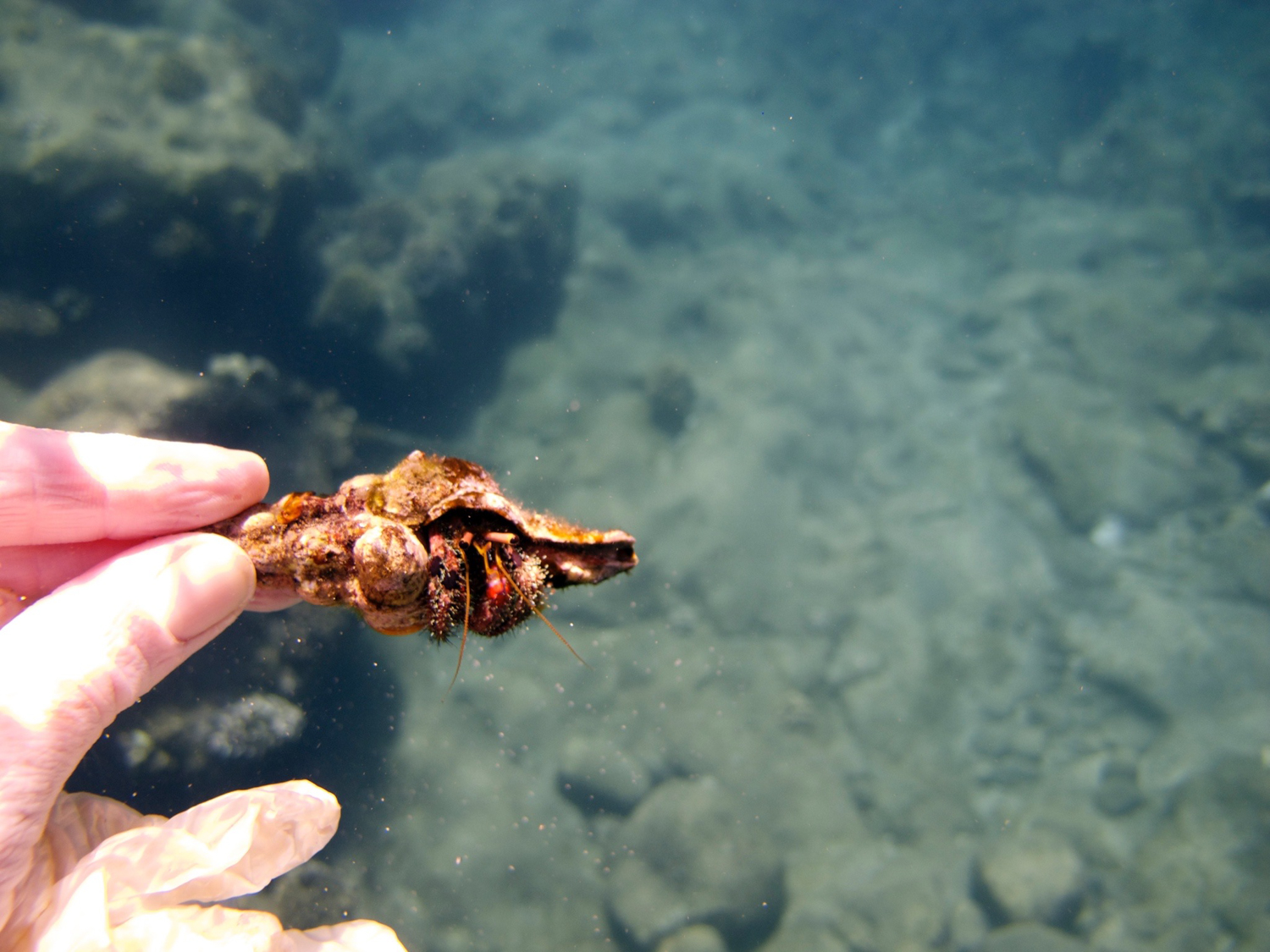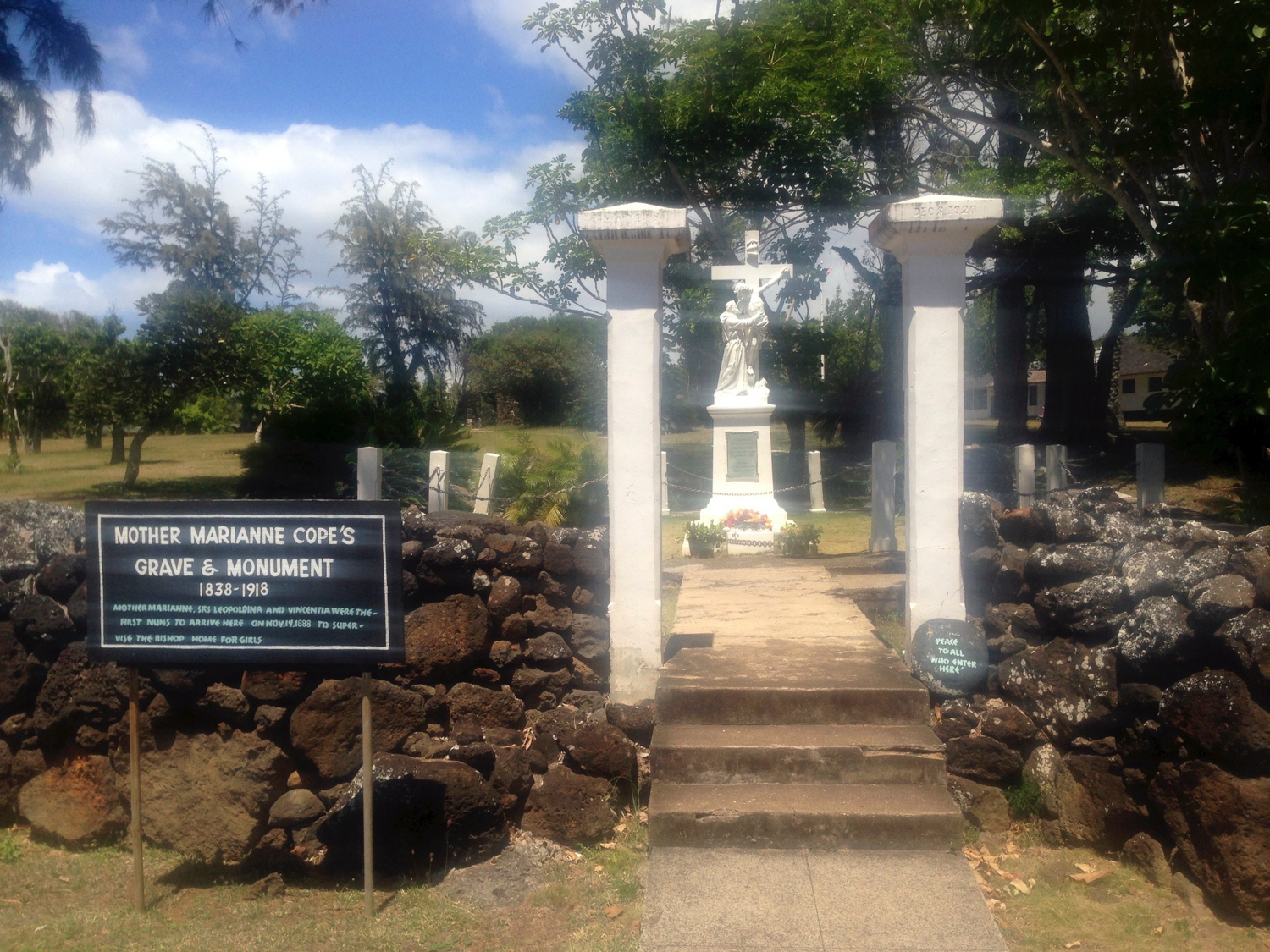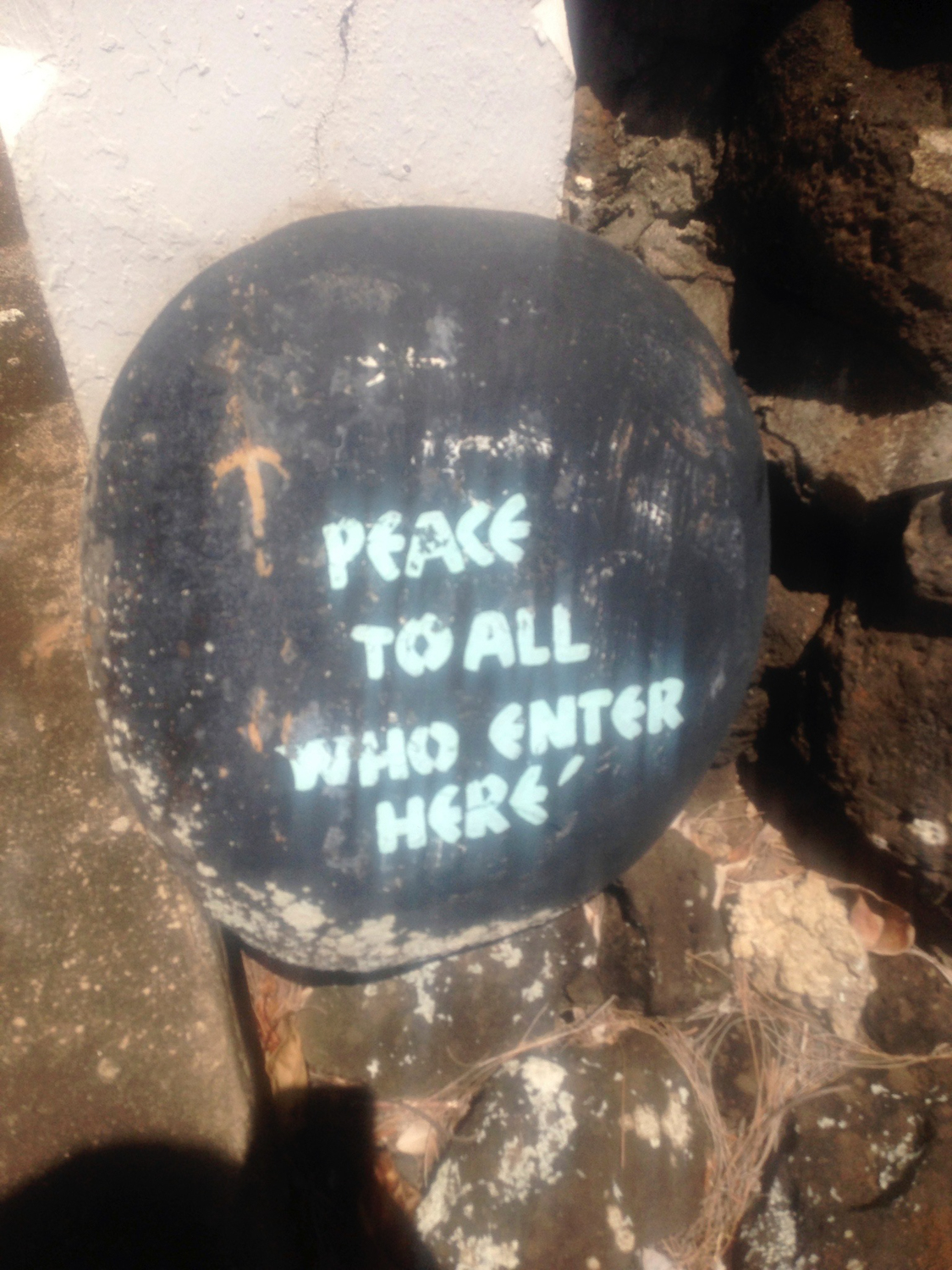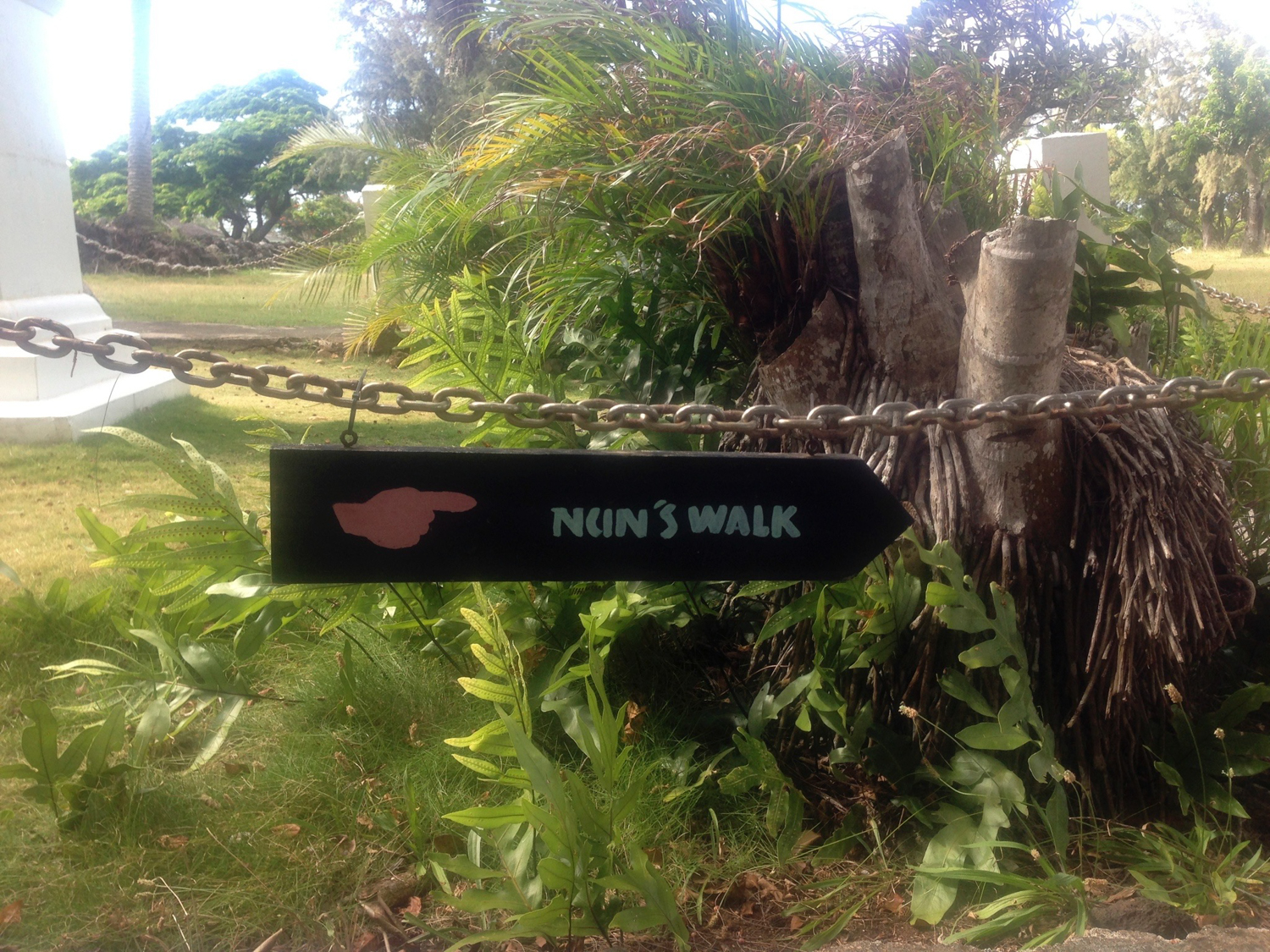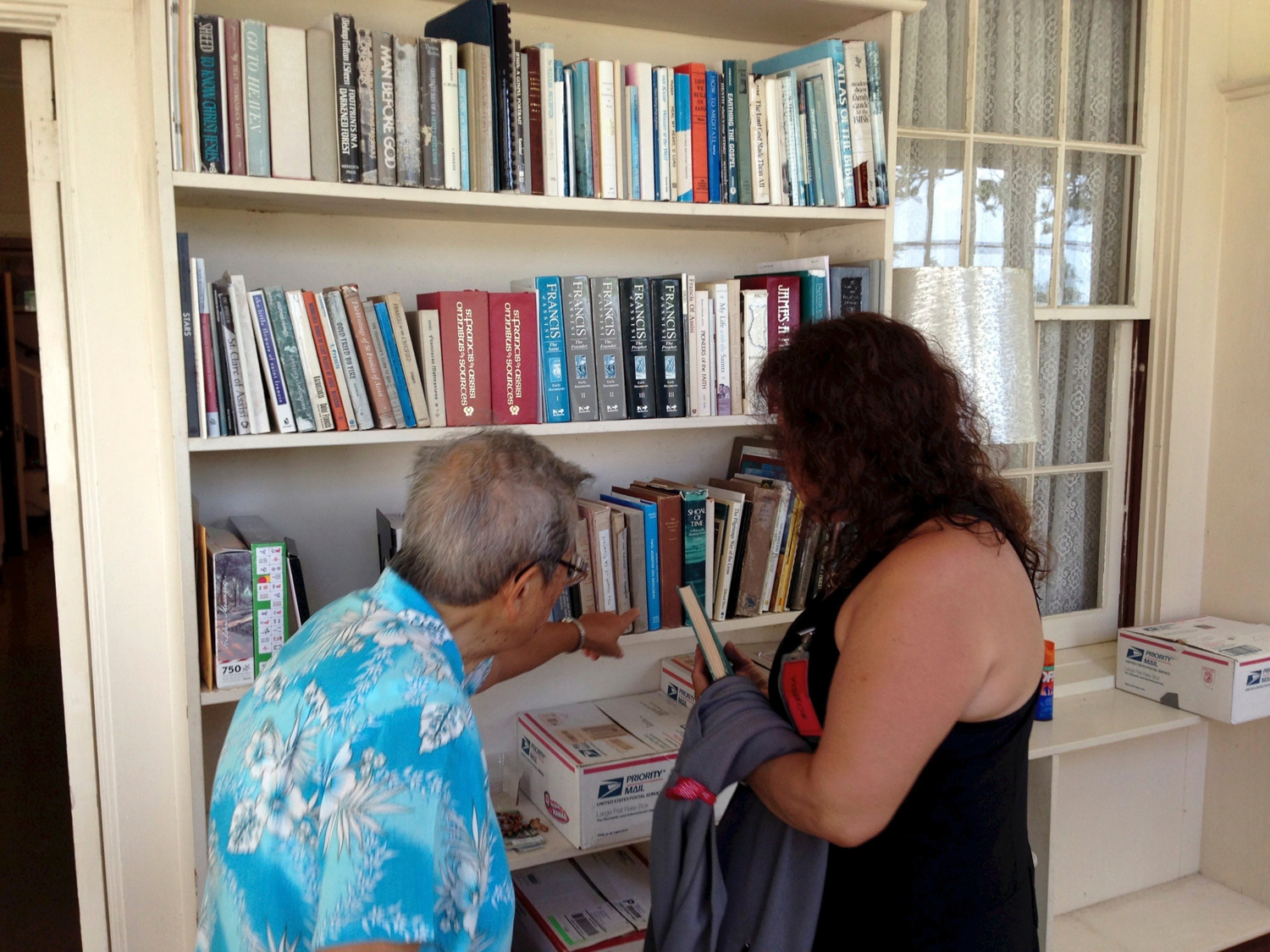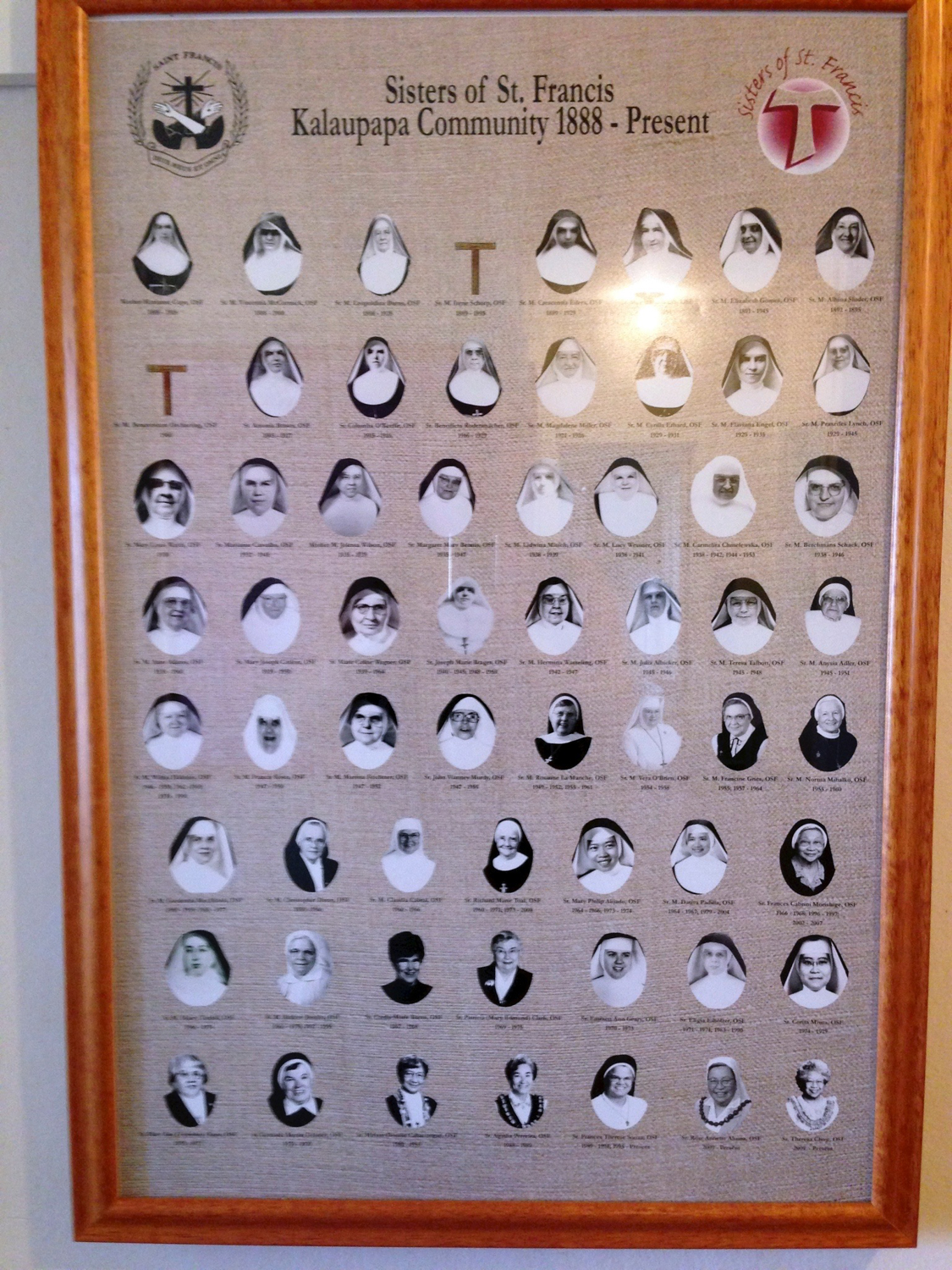I did get up at the appropriate time this morning to get out for a sunrise walk out to the ocean view pavilion. I was glad for the fleece jacket I brought, as it was windy and chilly in the early morning, and it started to rain a little bit. As I walked by the graves, I saw the markers noting the different religious denominations. There are a lot more Catholic plots than anything, and the majority of the plots seem to be unvisited. Who really knows how many people are actually buried here? And with the tsunamis that washed out other graves. So many bodies must be missing, and so many not registered. I guess it makes it hard to come and visit.
When they visit the gravesites, they do not leave stones as markers like my father does at West Point. Instead, there are cans of beer, shell and flower and ti leaf leis, and other assorted sundries that were the favored food and drink of the deceased. This definitely ties in with my Hawaiian studies class this past spring - the ghosts want offerings of food and drink, especially if they are in purgatory still. That helps sustain them until they make it to the other side.
So no sharks, no monk seals, no eels this morning at the cove by the gazebo, so I headed back. There was a beautiful rainbow, which I tried to capture on the iphone. We will see how that works out. Maria returned from church and her beach walk/meditation having been stalked by a mother monk seal protecting her pup. She got a great shot of the monk seal scolding her. Maybe I will get to see them this afternoon! But in the meantime, we will head to the museum here at 10 for a guided tour from Ranger Scott.
Maria came back this morning post Church and beach meditation to tell the story of a mama monk seal who chased her off the beach. Maria had made sure that there was a very respectful distance between her and the monk seals, but mama stalked her, and chewed her out but good! Maria retreated.
The tour of the museum was really very nice, We got to go into the Mauka Lab, which was built in 2004. The museum proper is called Hale Malama, and it serves basically as a storage facility. The park received funding for the Makai lab in 2011, and it is currently still under development. The museum itself is dedicated to historical preservation of the way of life at Kalaupapa, and I see it as a carrot to entice the state to believe that the Park Service will maintain the park appropriately after the last patient died.
The Mauka lab is filled with artifacts of Kalaupapa - fishing poles, lamps, shells, tools fashioned so that the Hansen's disease patients could use them, artwork done by the patients, and even part of the original gate surrounding Saint Damien's grave. There are also remnants of the Kalaupapa baseball team, the Lion's Club and the Boy Scouts. It is a little snapshot in time. Maria inquired about and was able to obtain a copy of Under the Pali, a book for which she has been searching for quite some time.
The wind and rain picked up this afternoon, so my plan for a long swim tabled itself. That was ok, anyway, I don't need overly wet gear in the bag on the way home. Instead, it was another beer and ice cream at the bar while waiting to see what the evening's plans would be.
We went to Maria's beach by the lighthouse! We got to see the sun set over the Pali and just contemplate the beauty of nature. Something about being sandwiched between the crashing waves and the towering pali make you feel somewhat insignificant, Especially here. Shannen regaled with the stories of the Molokai gods, and life in the settlement over the ages, and on spirituality in general. Poet, philosopher, cook is our Shannen. This place really has a calling to it, like it's somewhere between here and the next world. And though I cannot tangibly explain the calling, I know that it is here.
Dinner was venison, ribs, leftovers, rice (and you should see the size of the rice cooker we used!) and the catch of the day. We get to have the catch of the day every day, so we are quite fortunate. I am not any good at catching and cleaning, though, I'm only good at getting pictures. At least I can clean dishes!
Afterwards, it was time to retire and to get ready to go to the black sand beach tomorrow morning before I leave. 😿🙀

